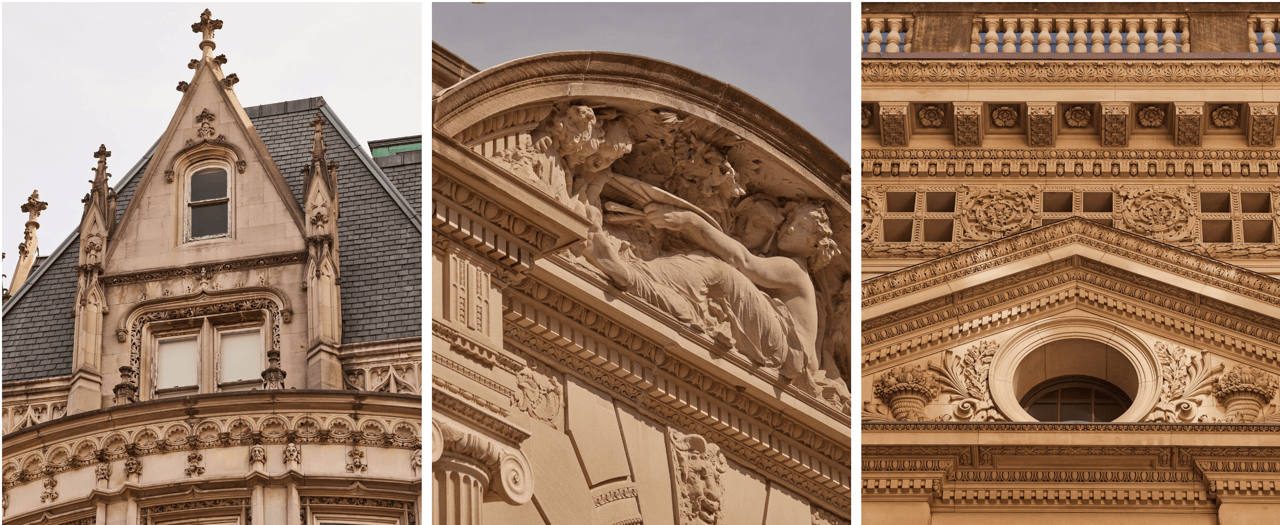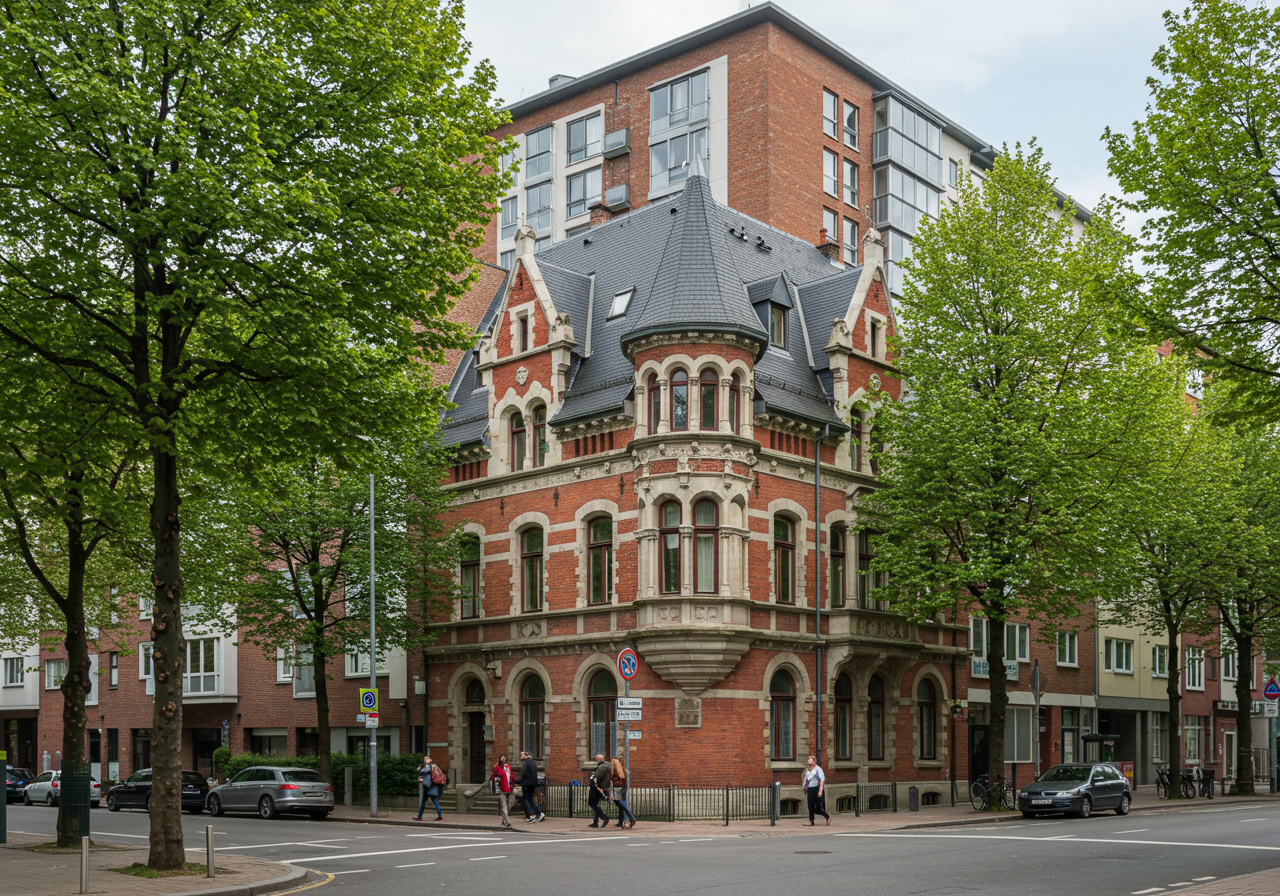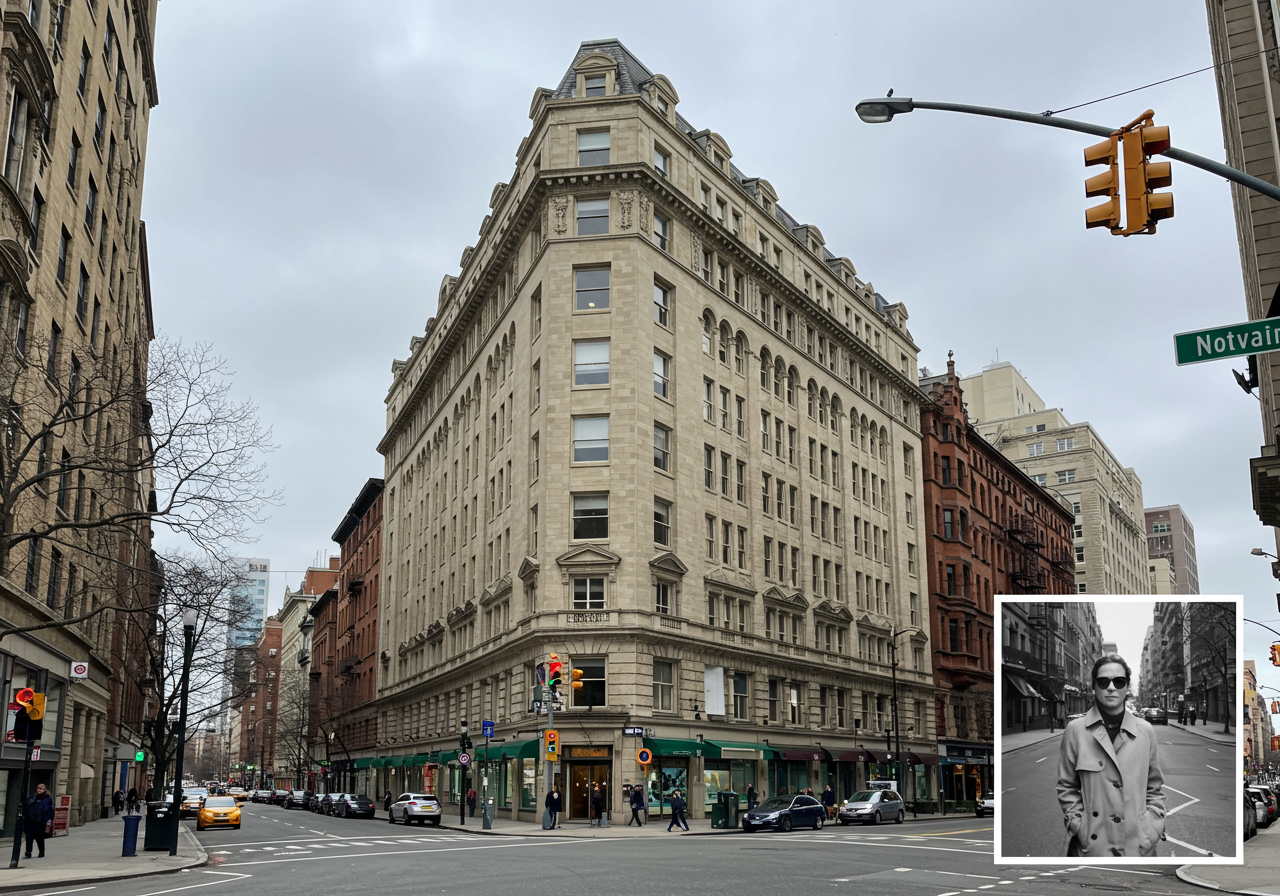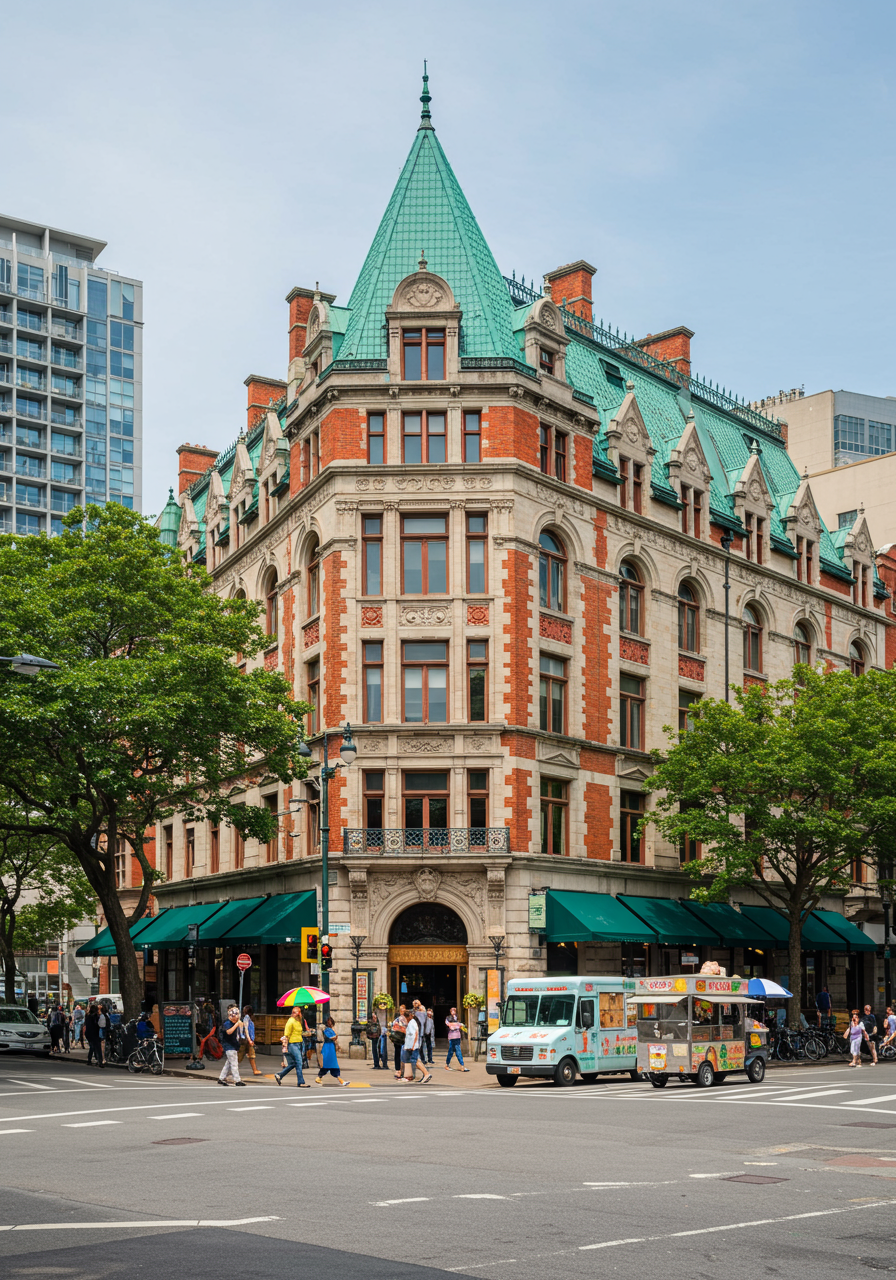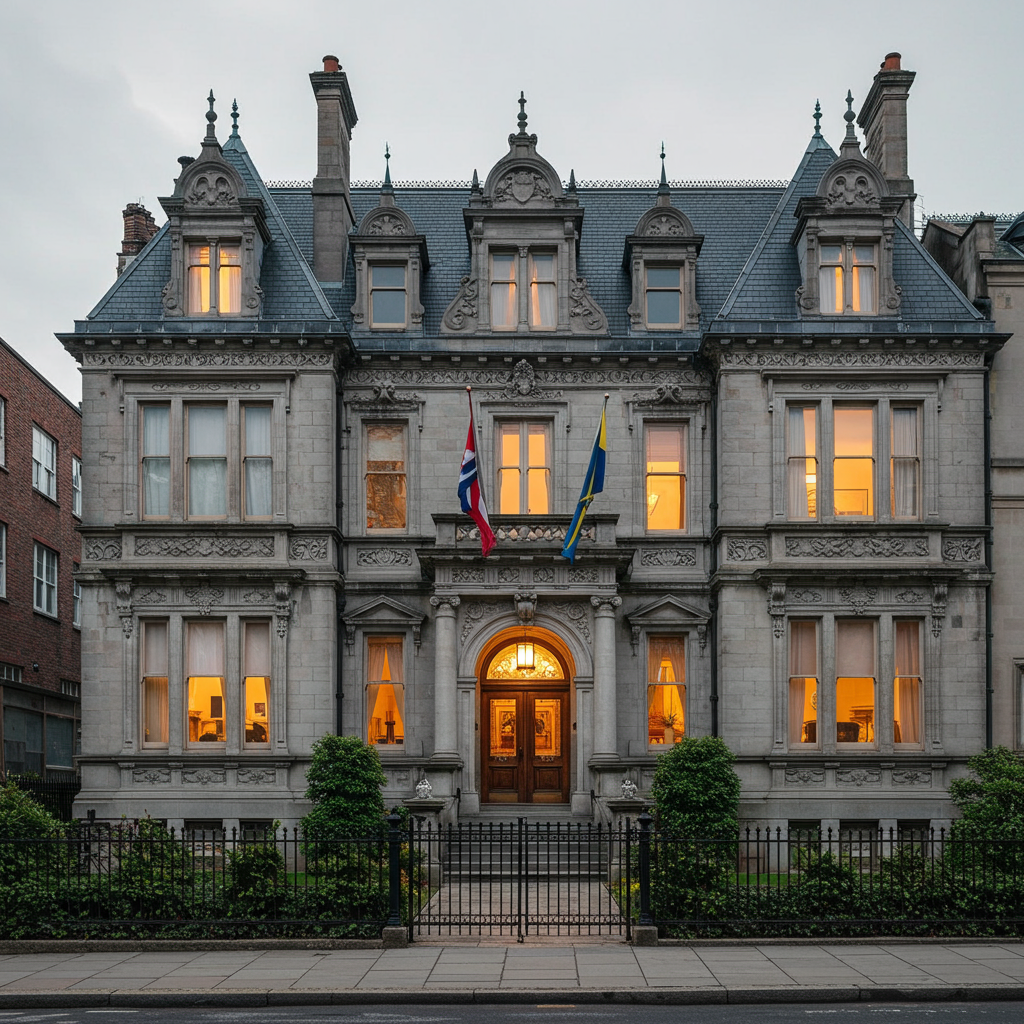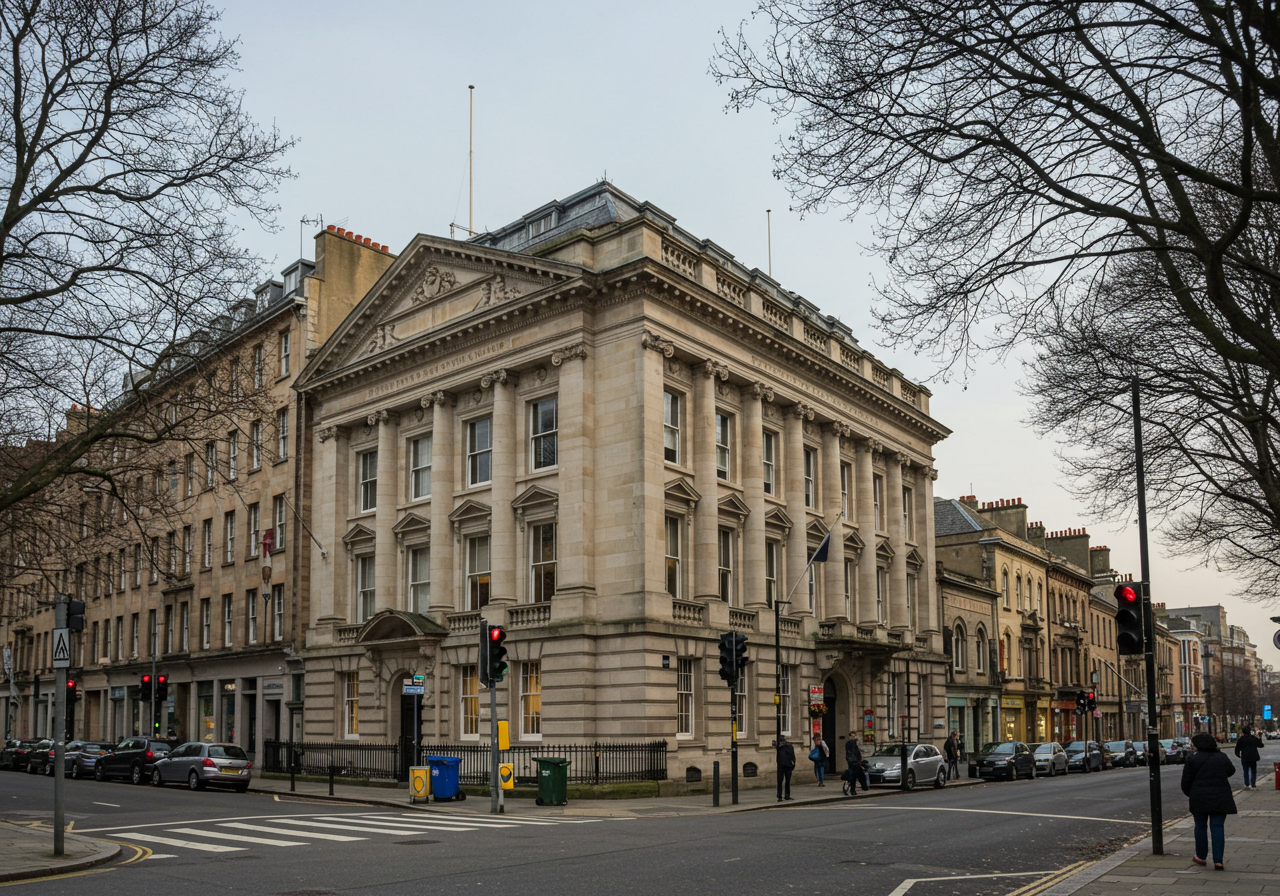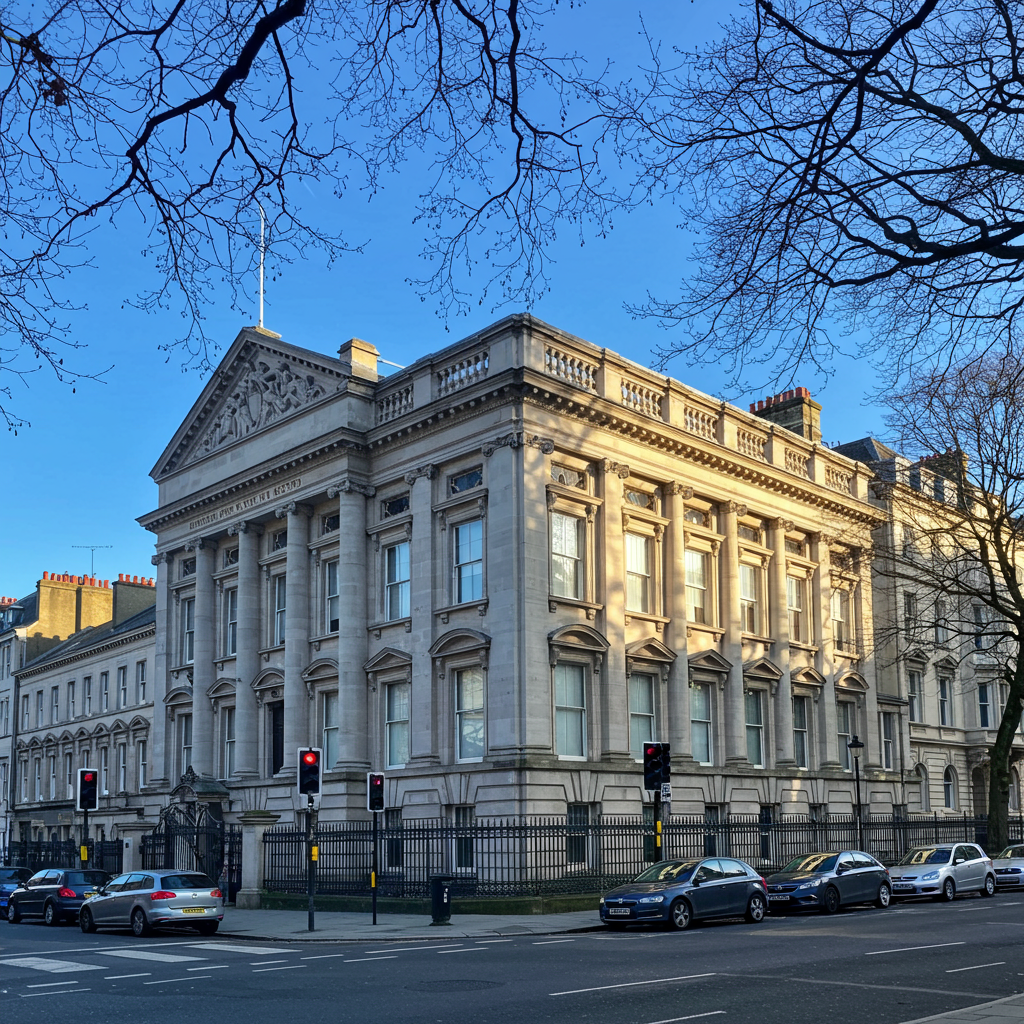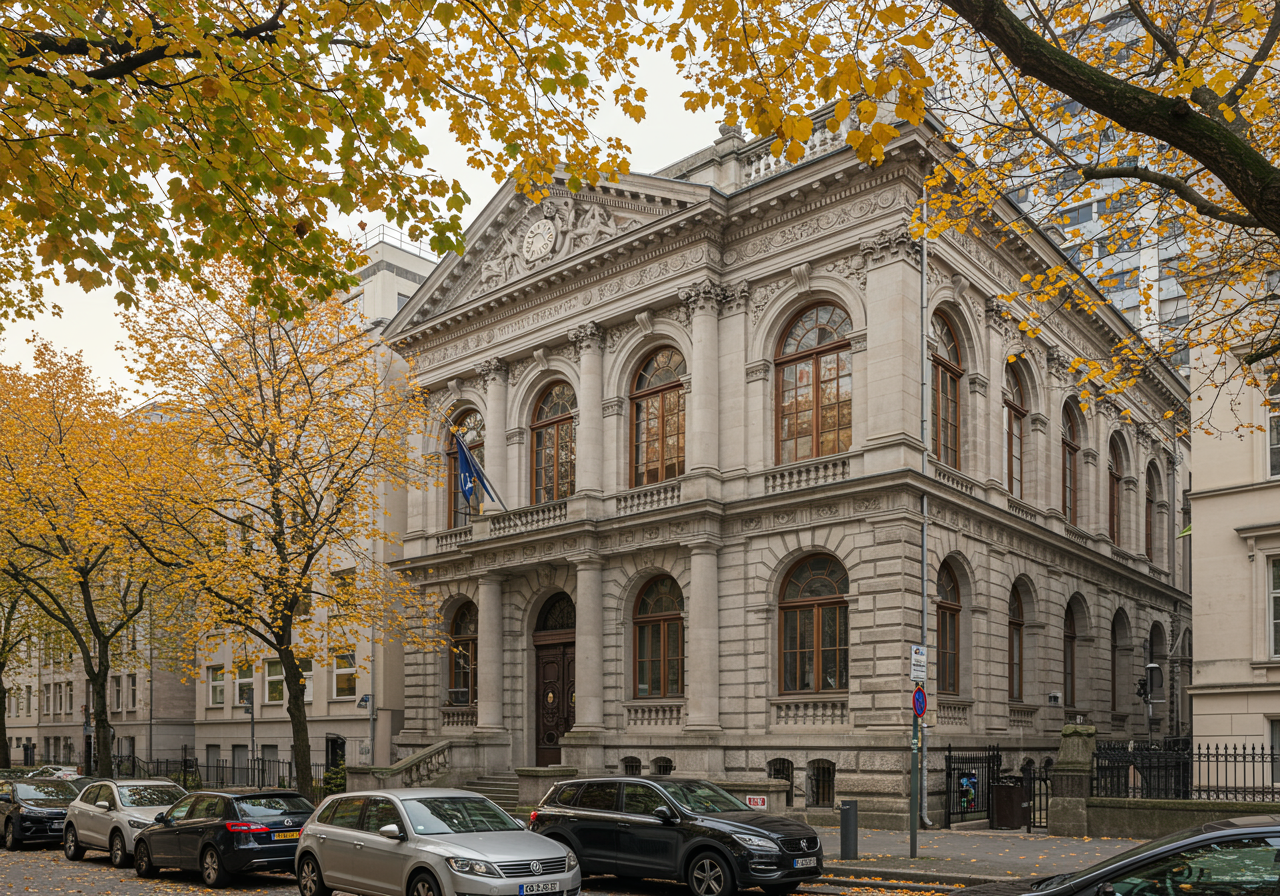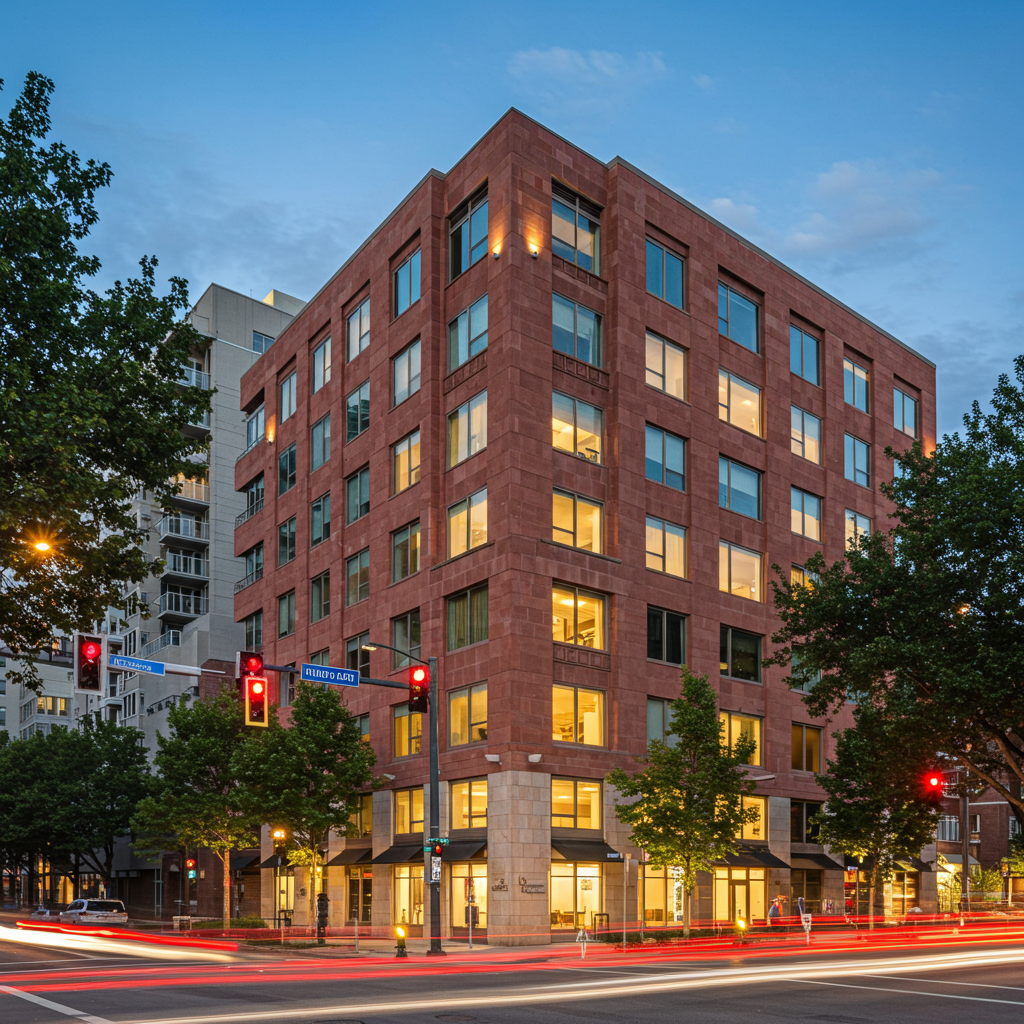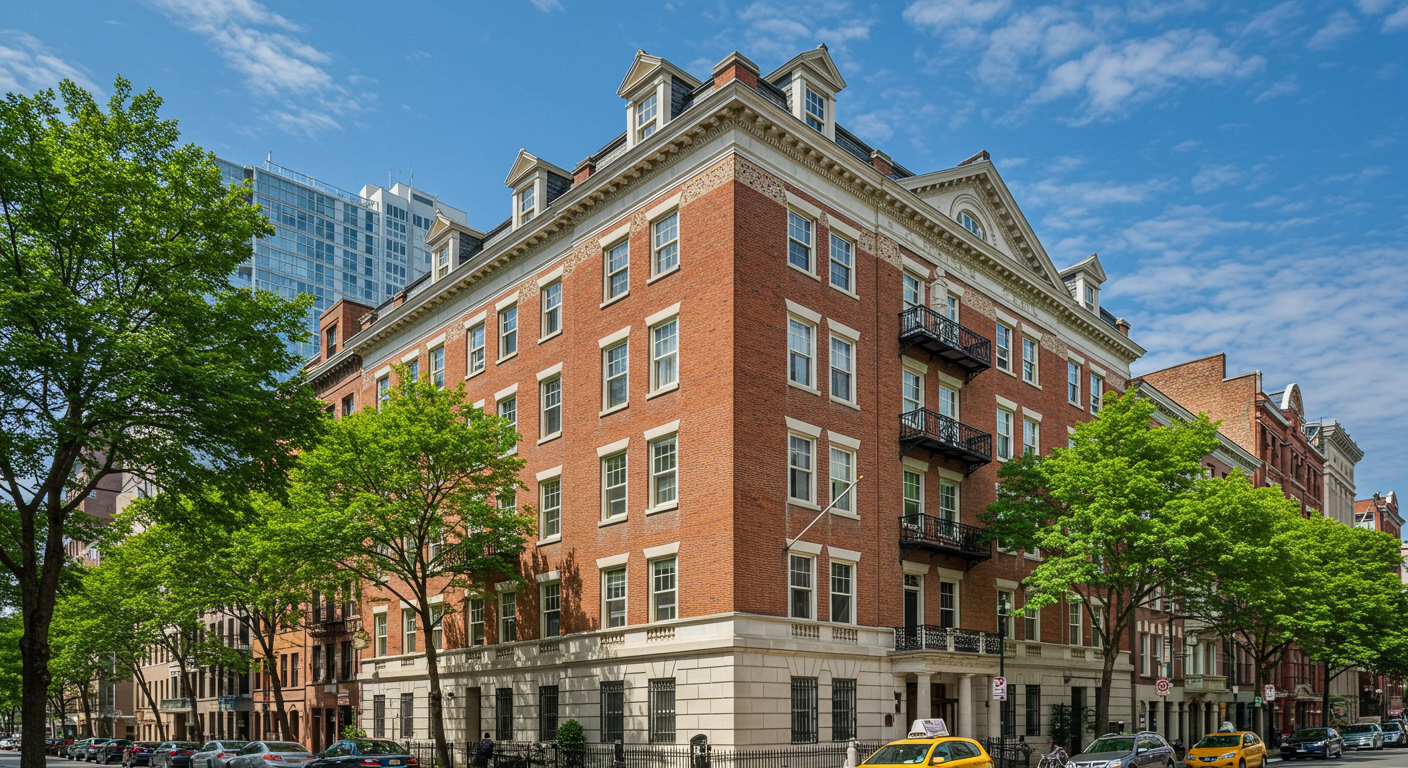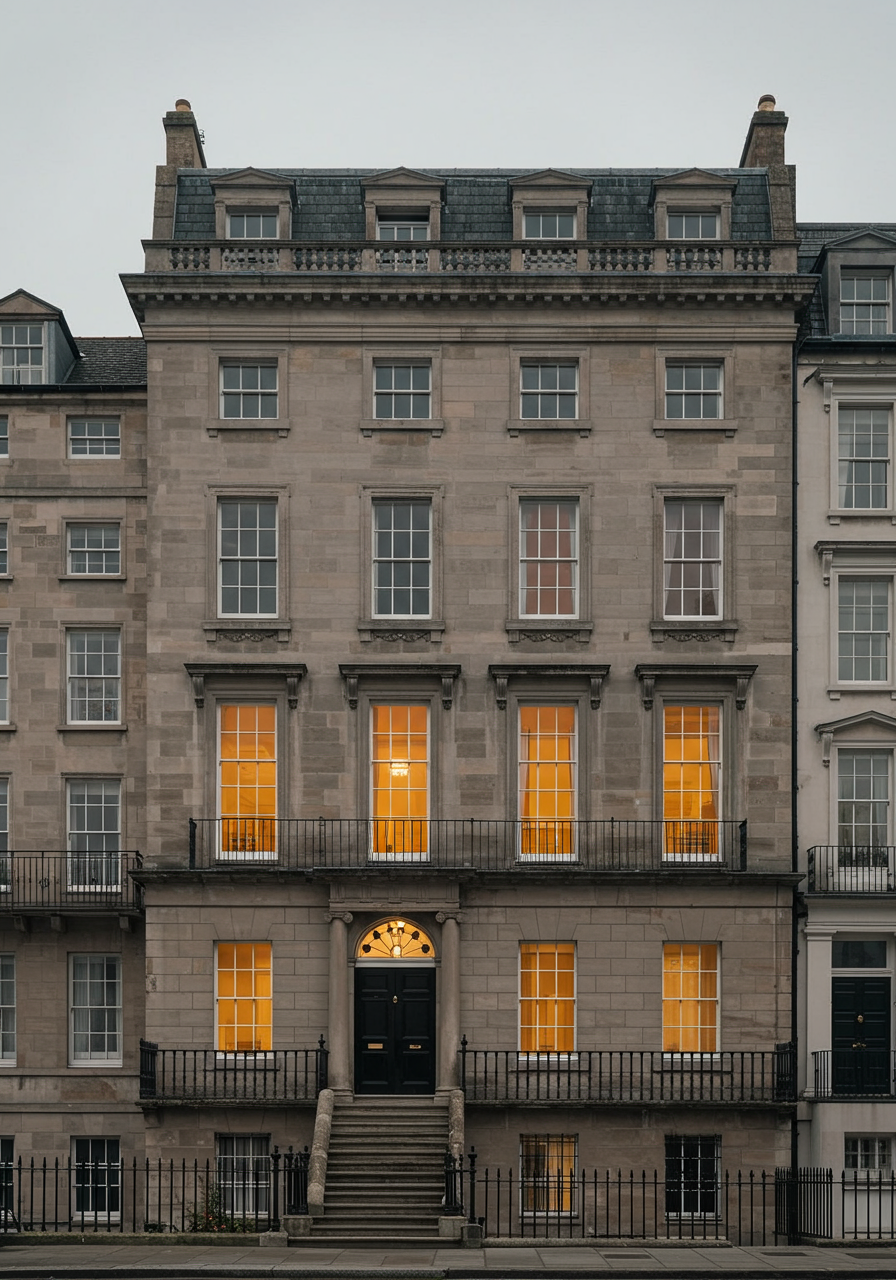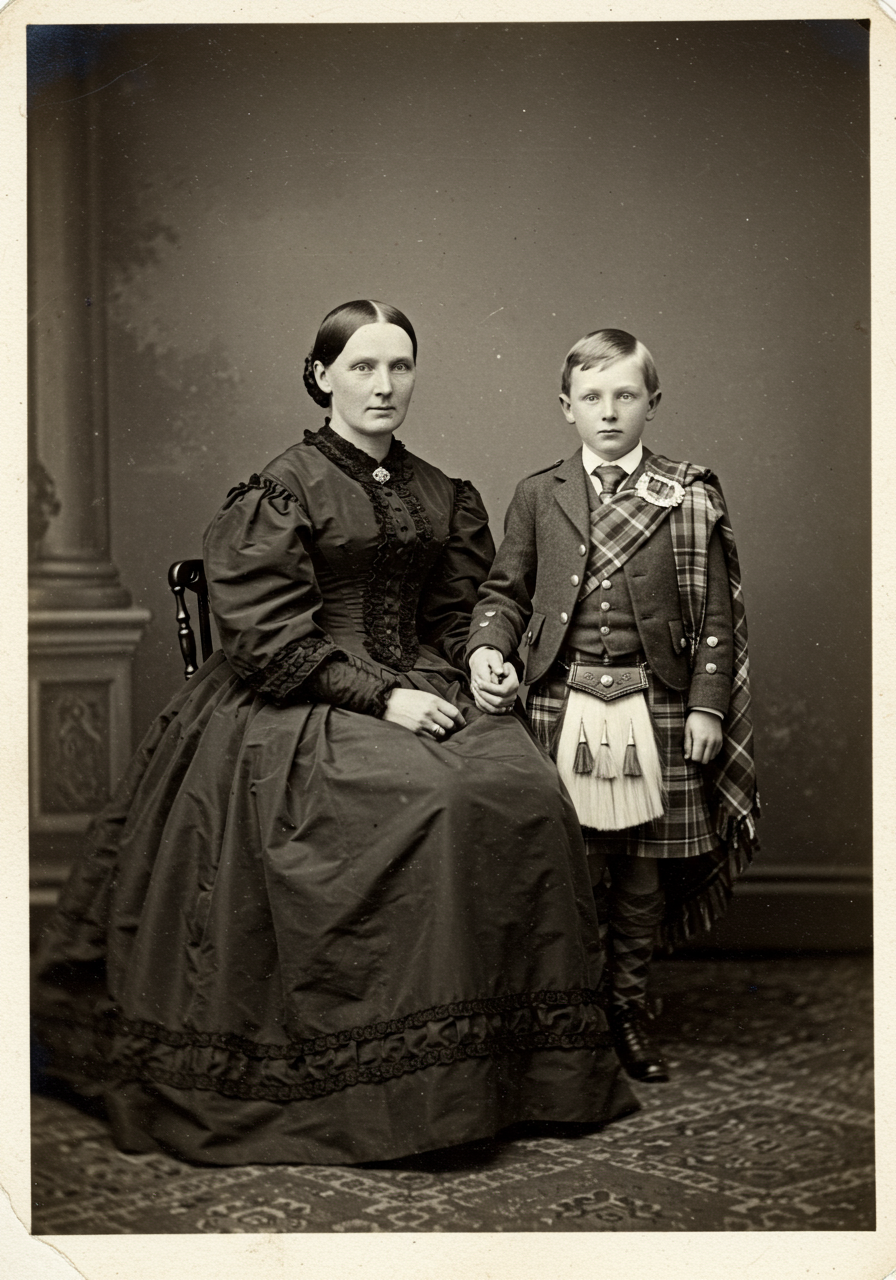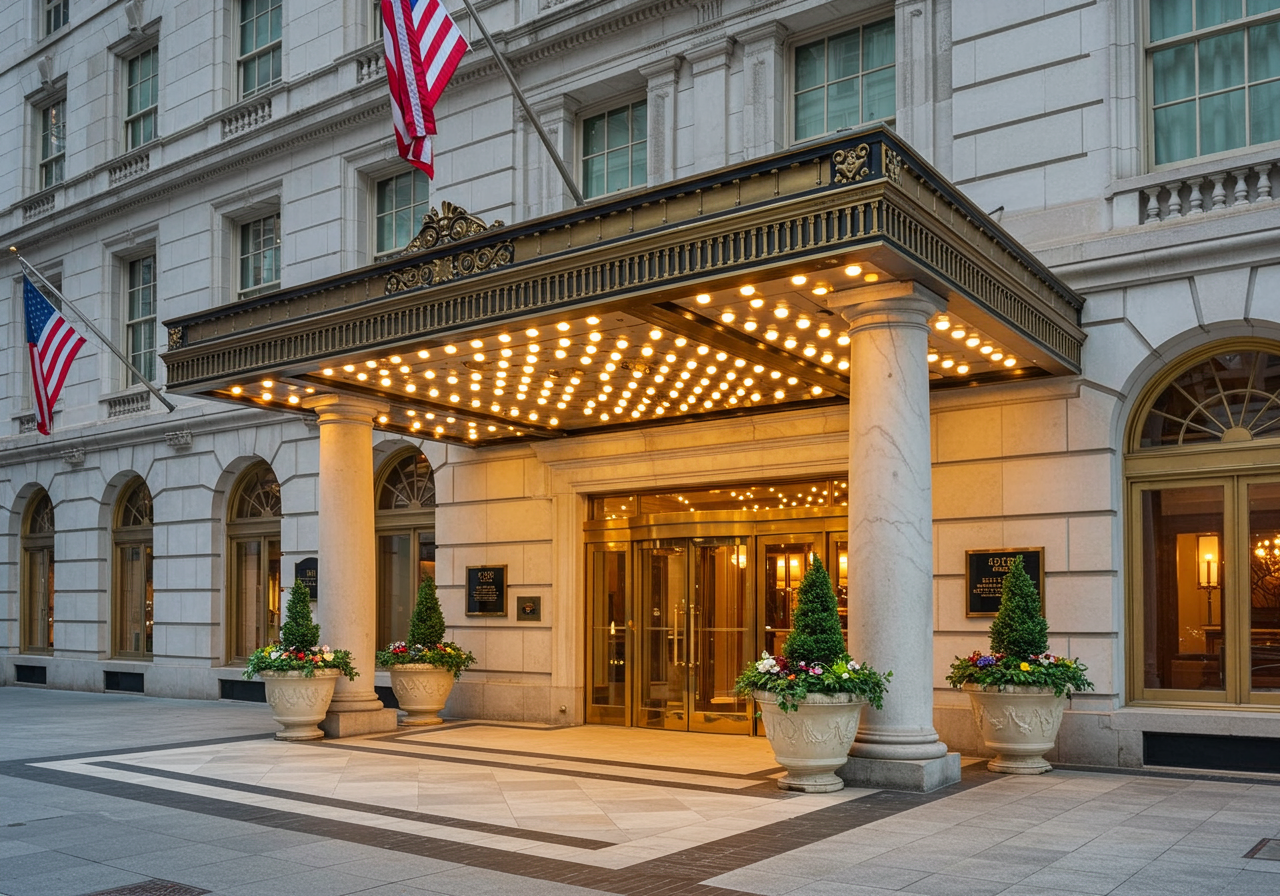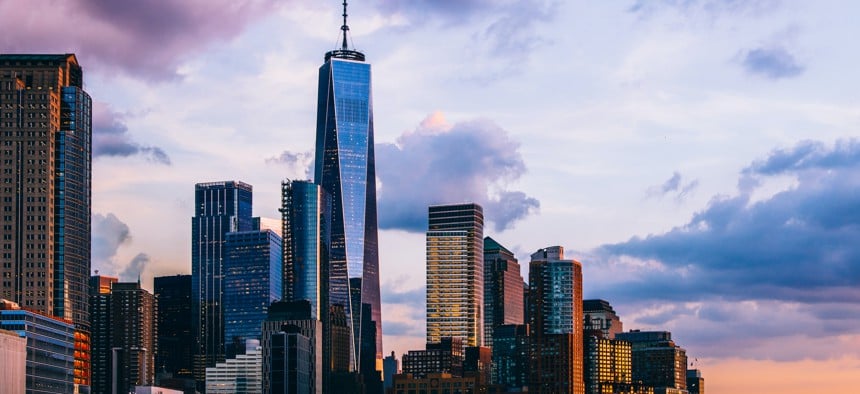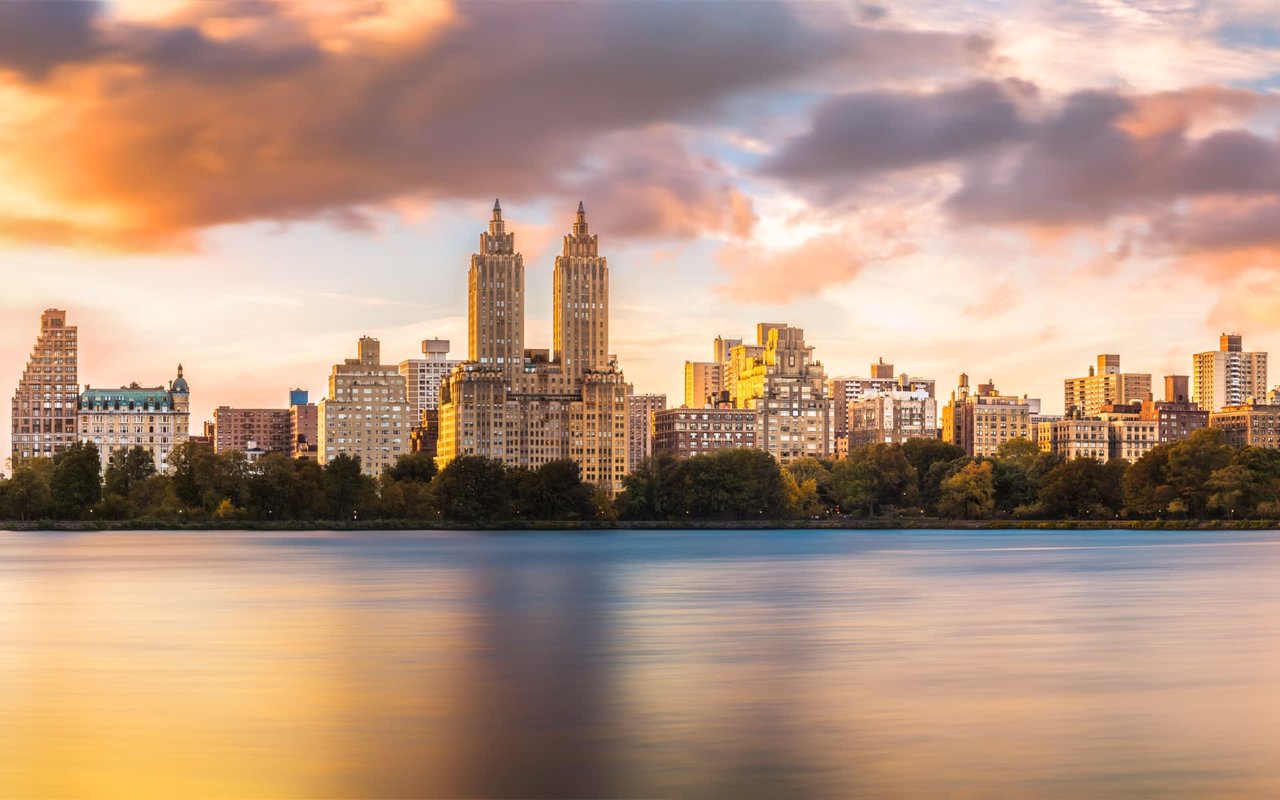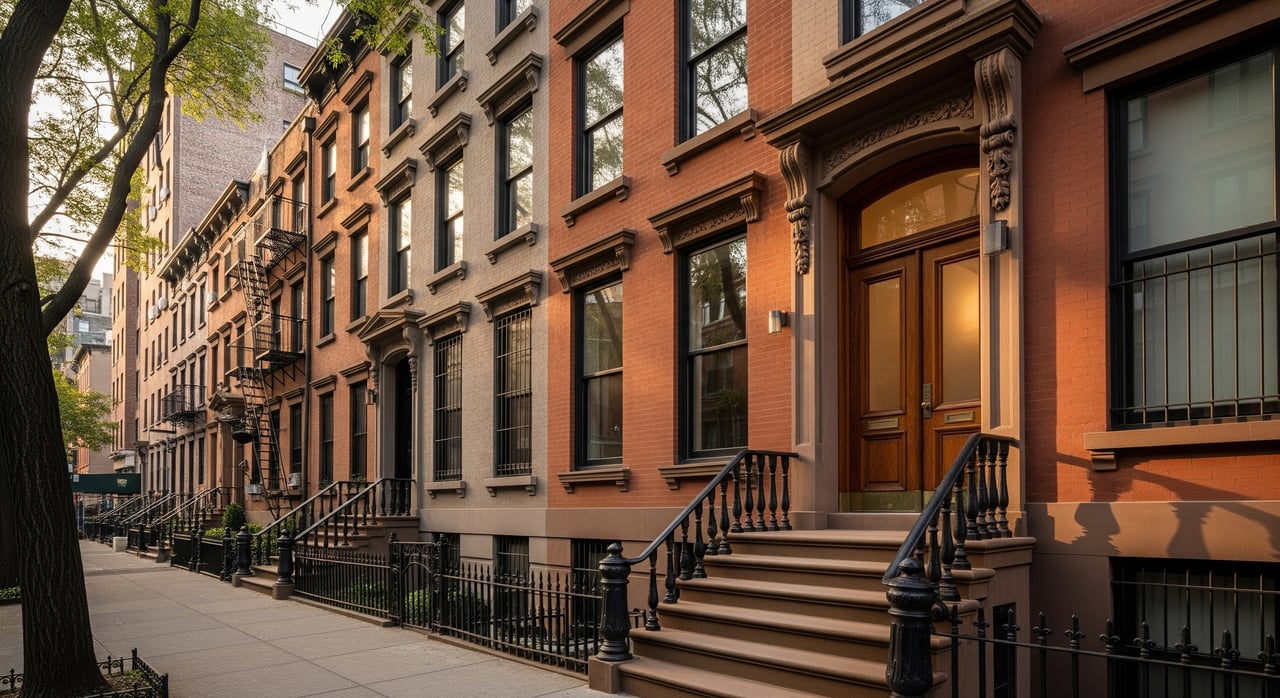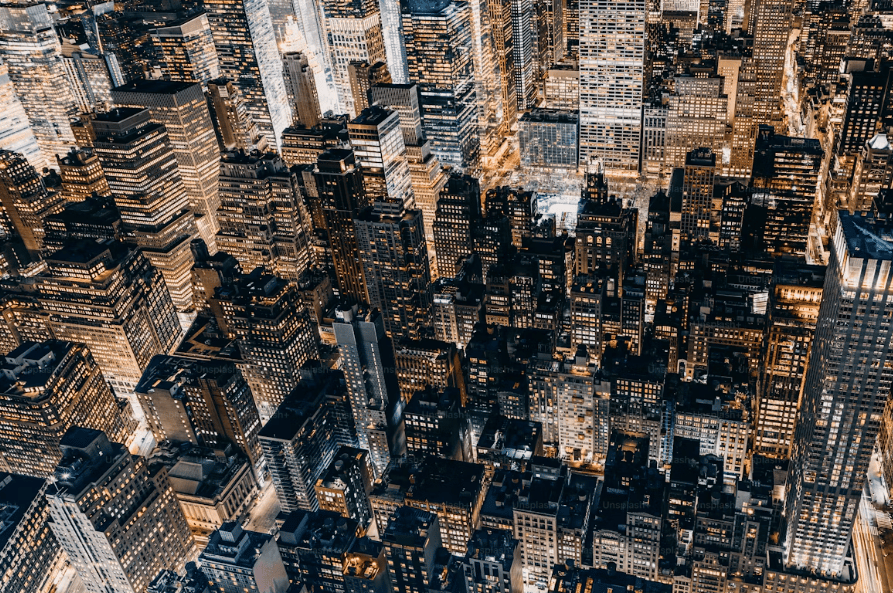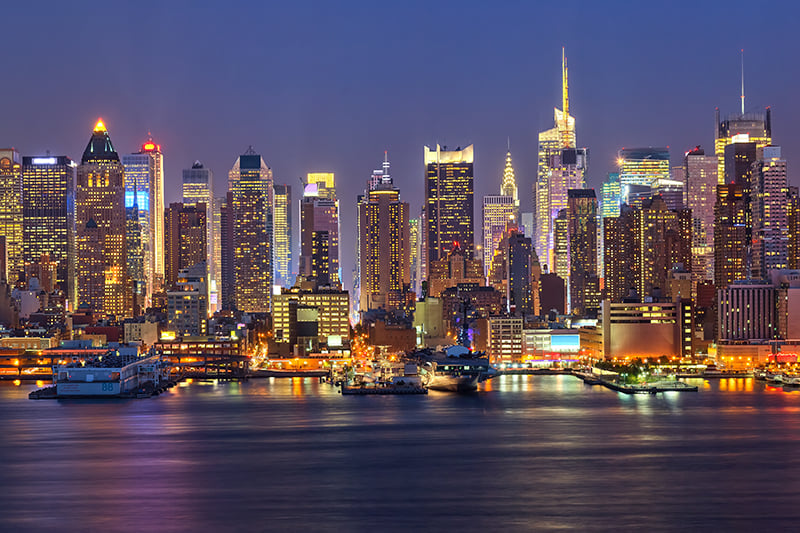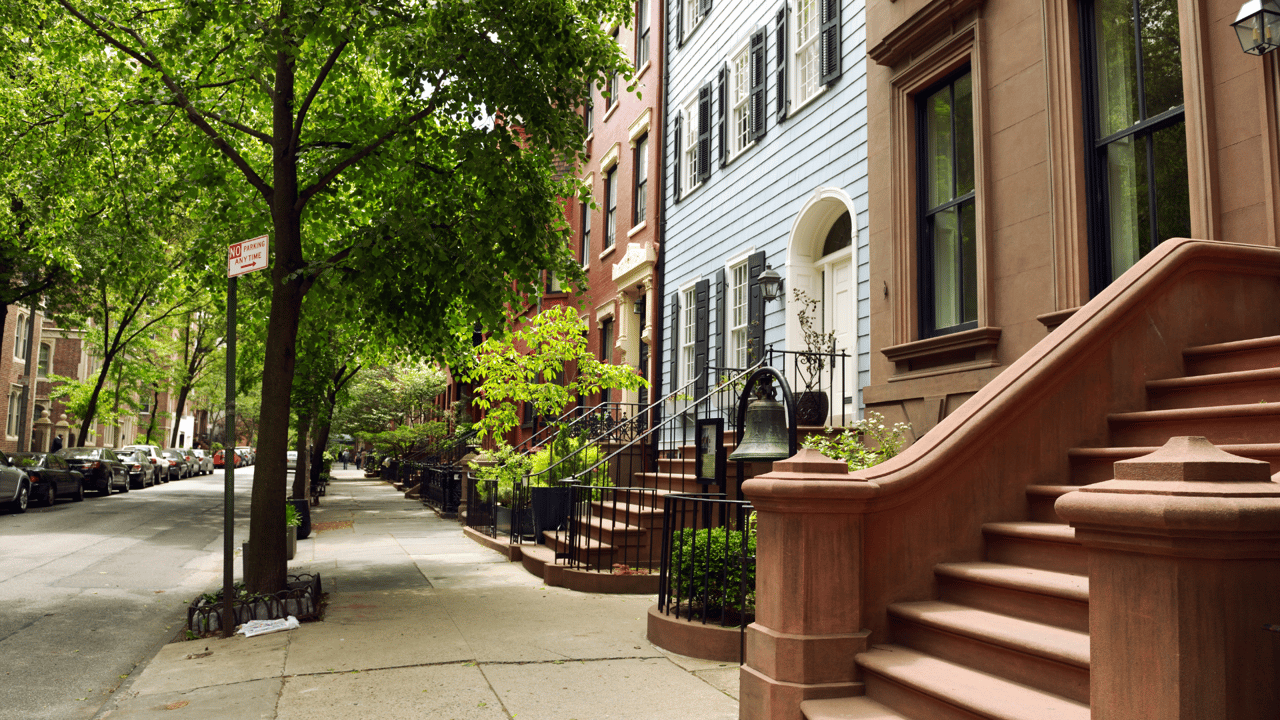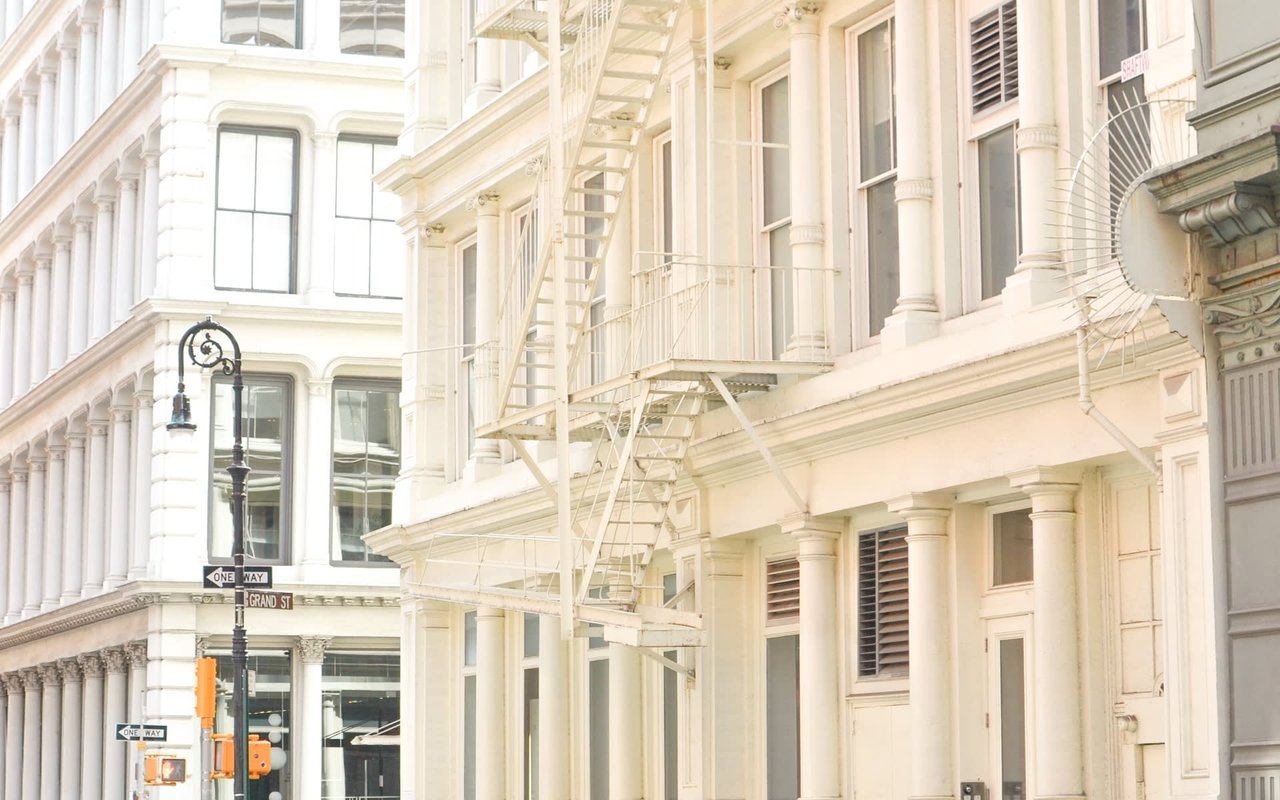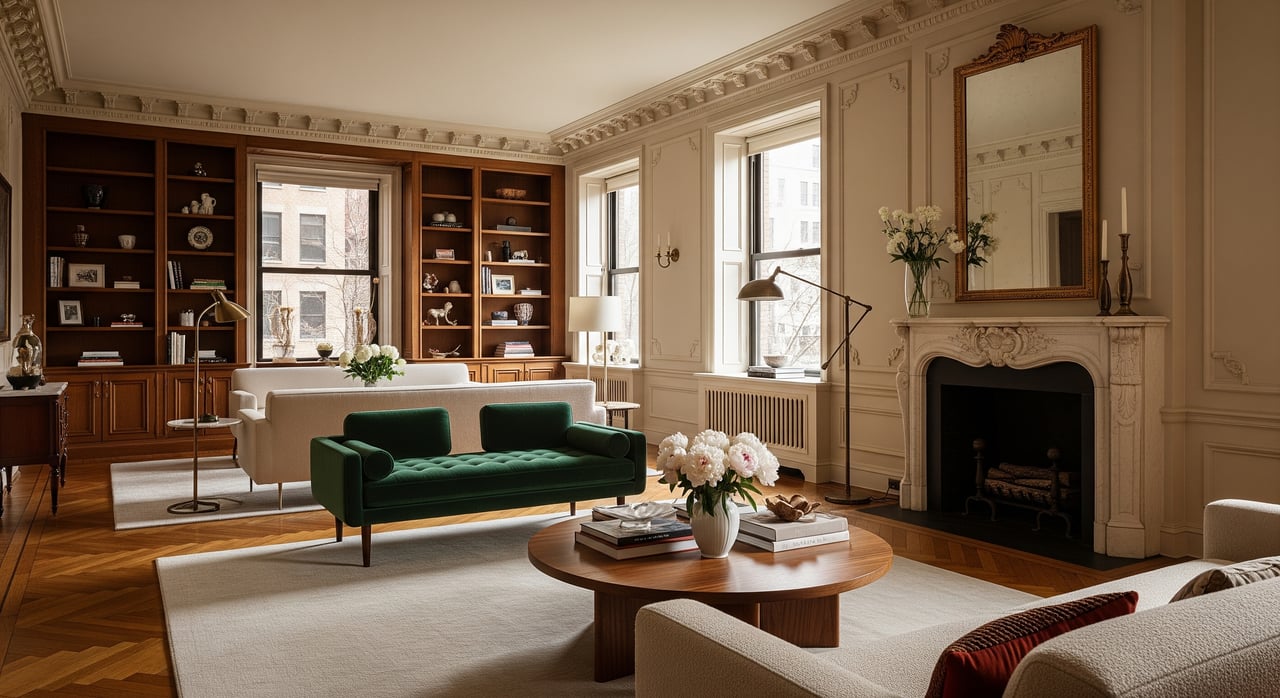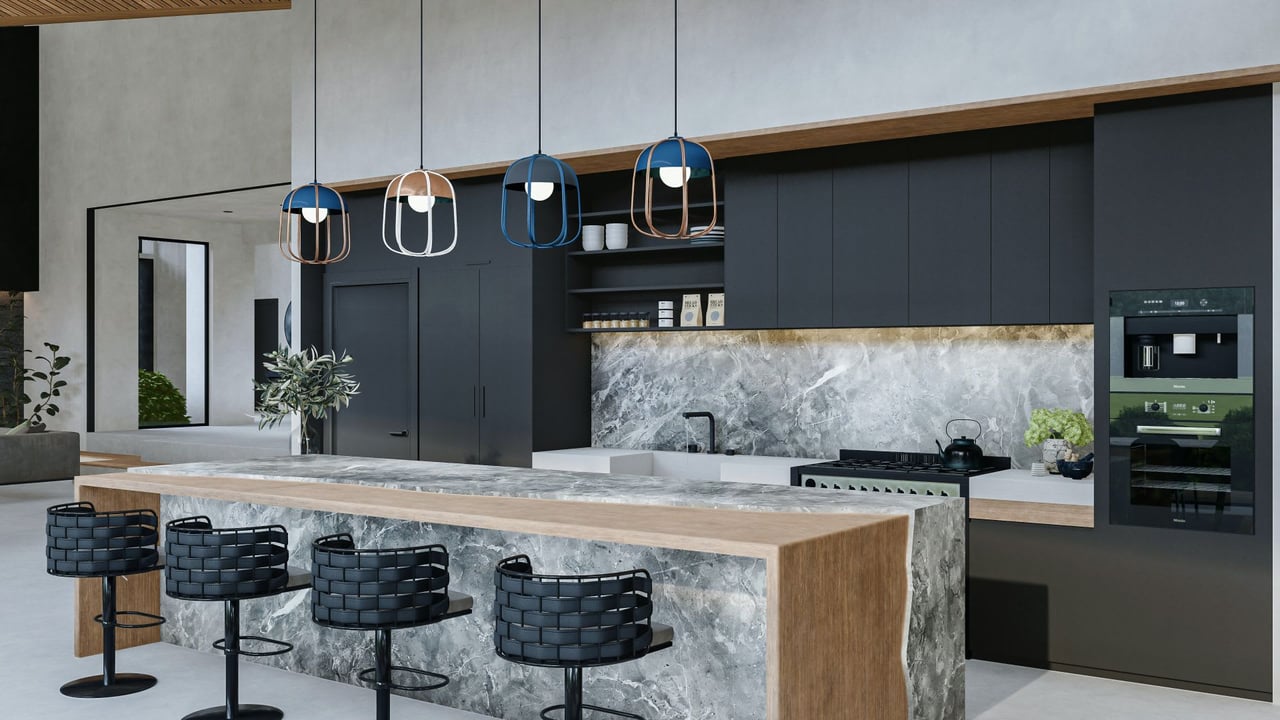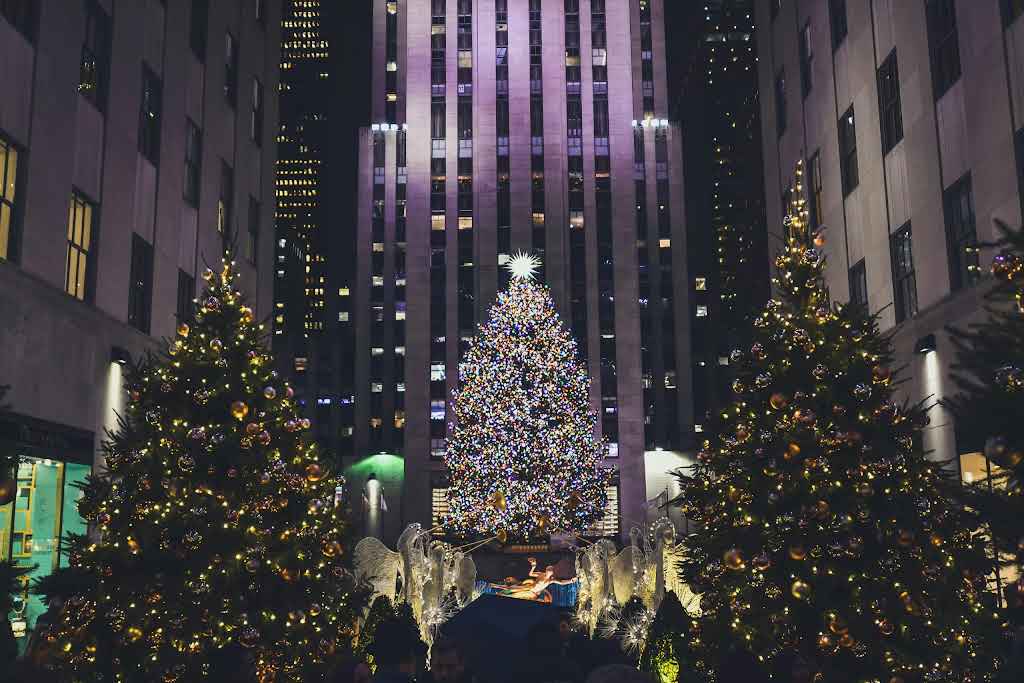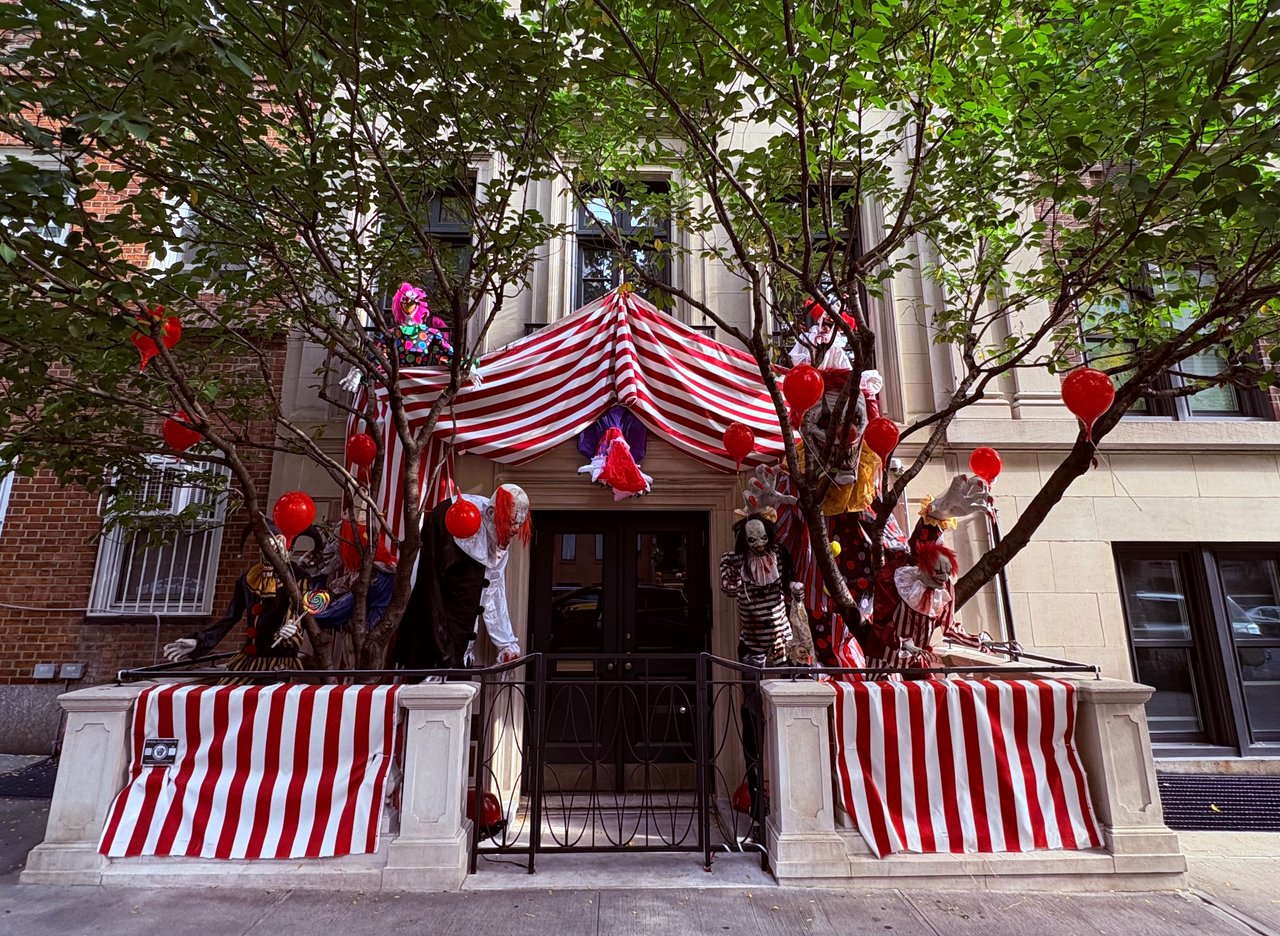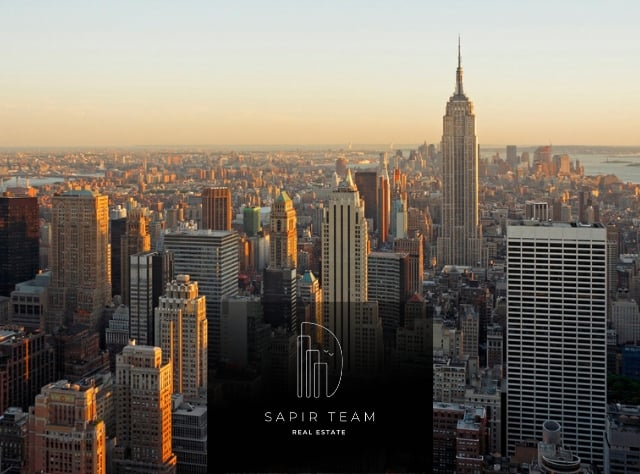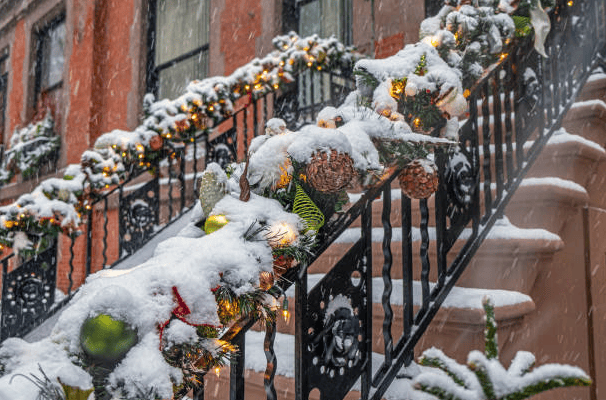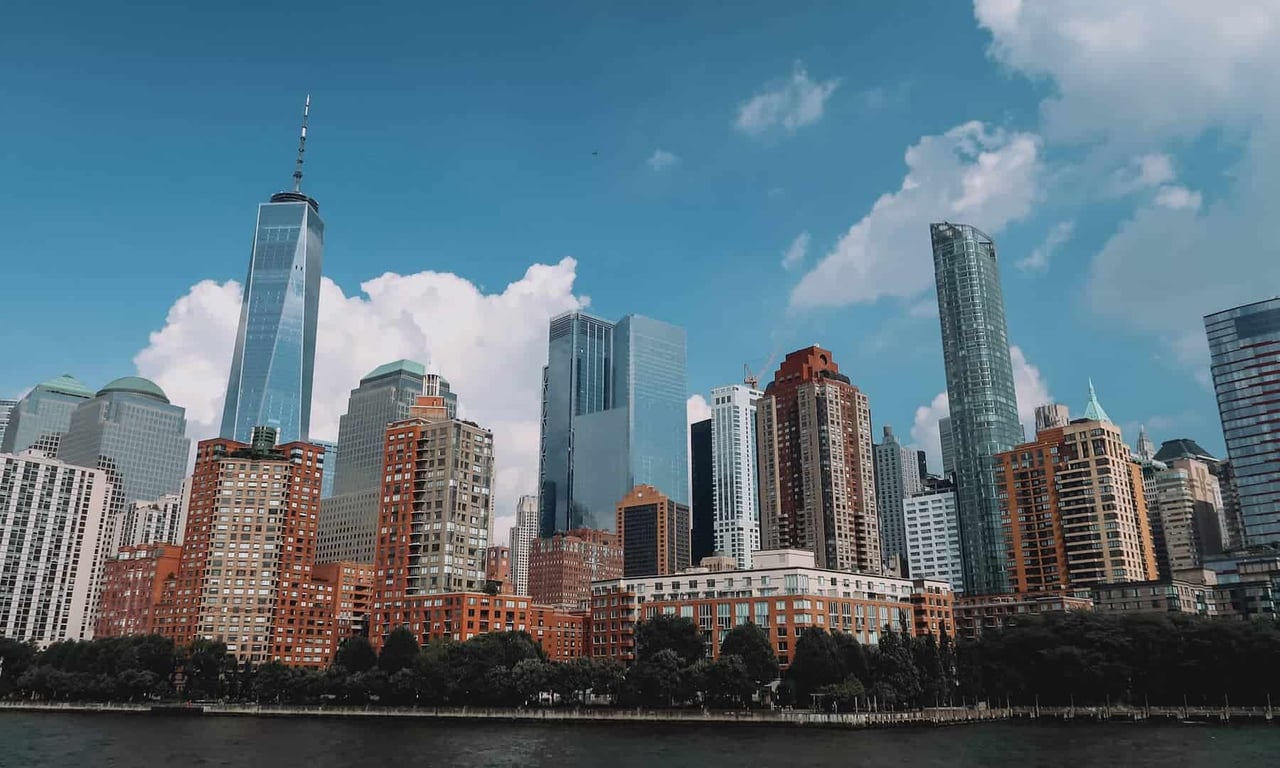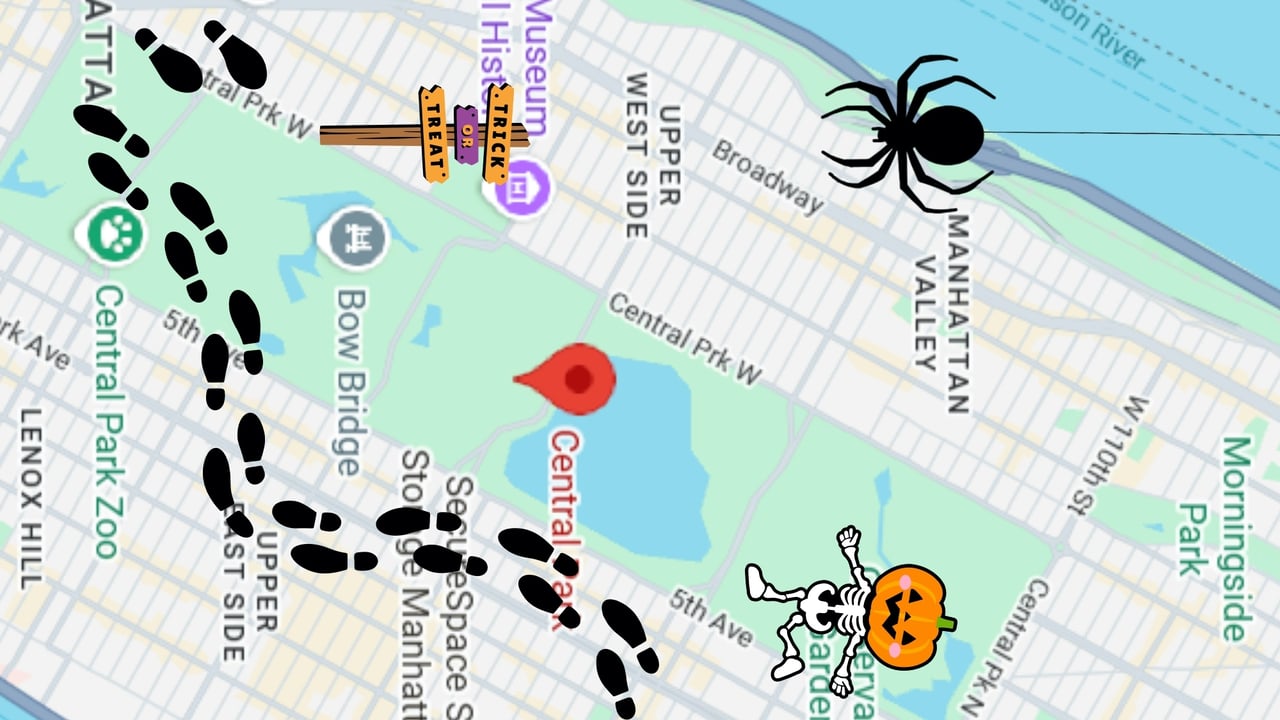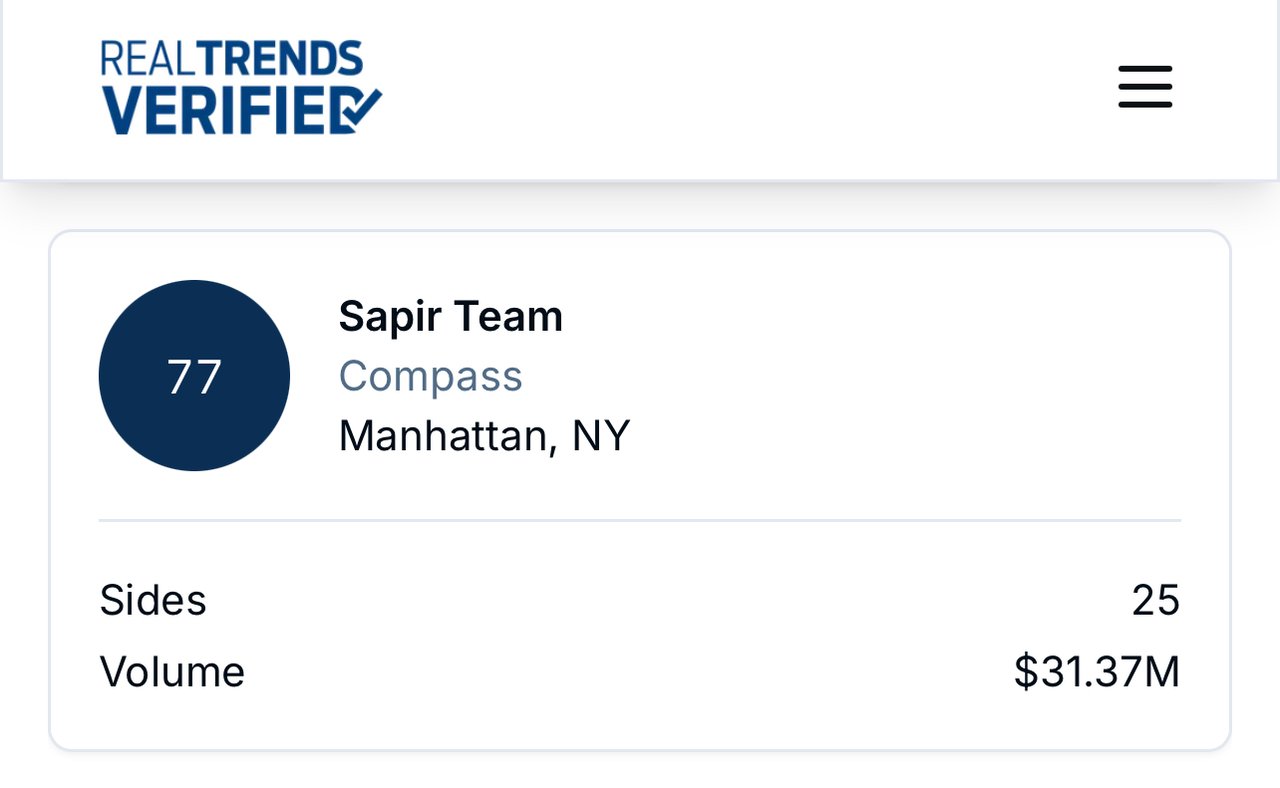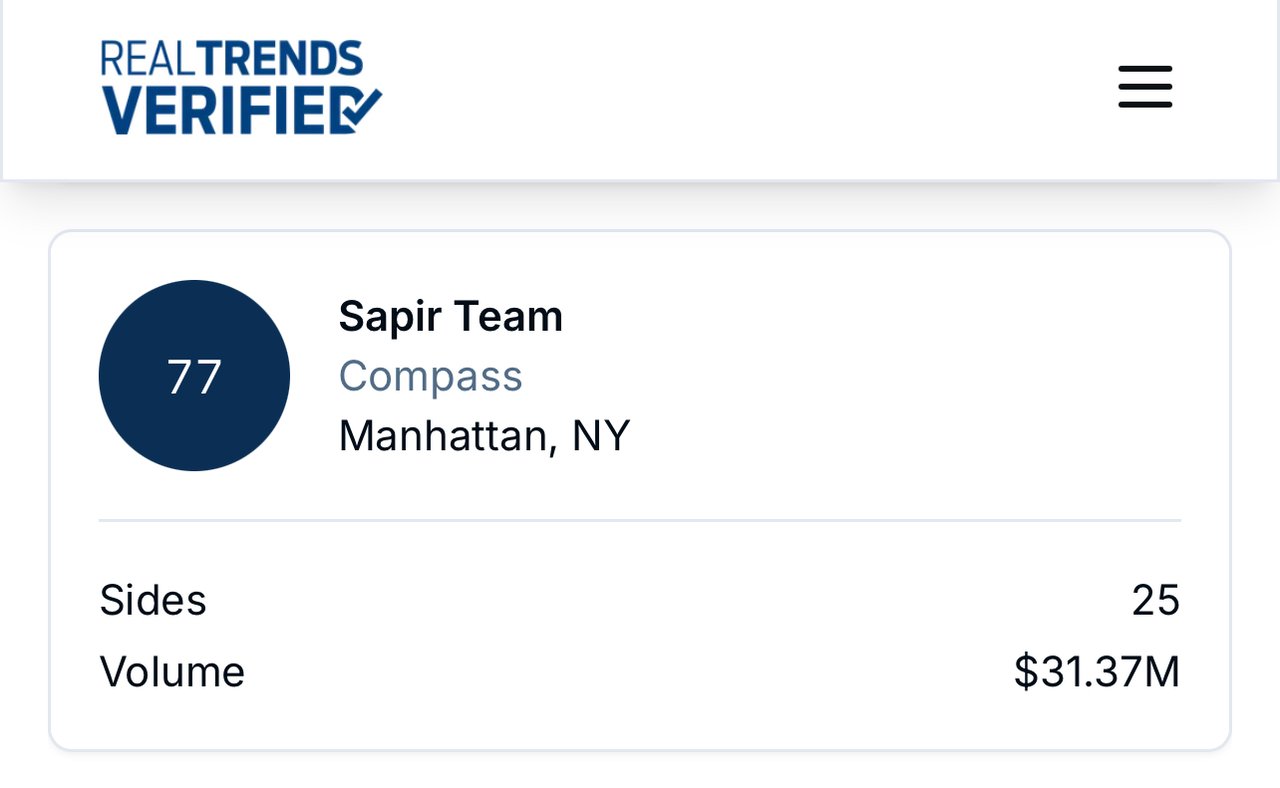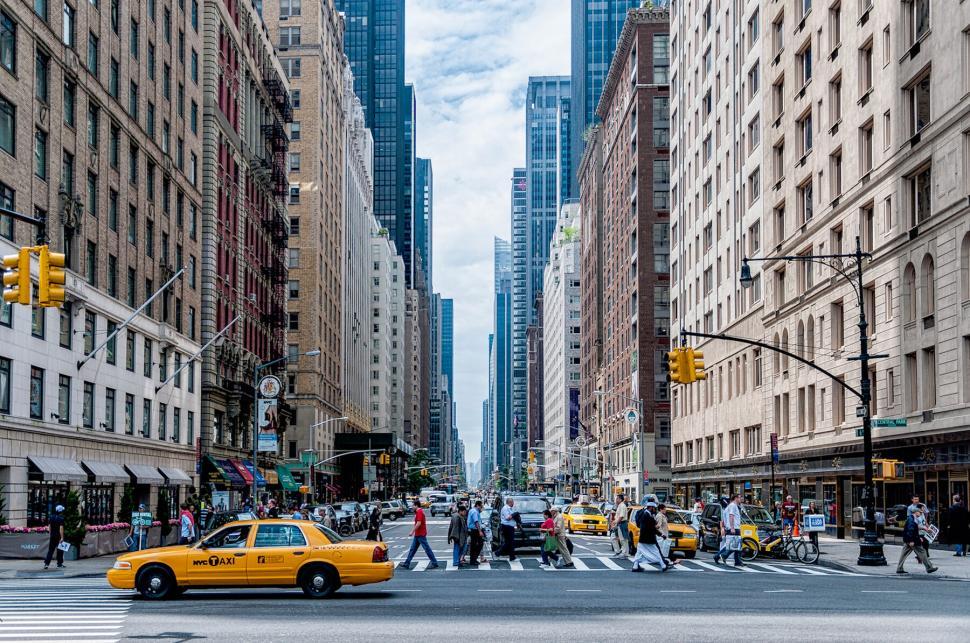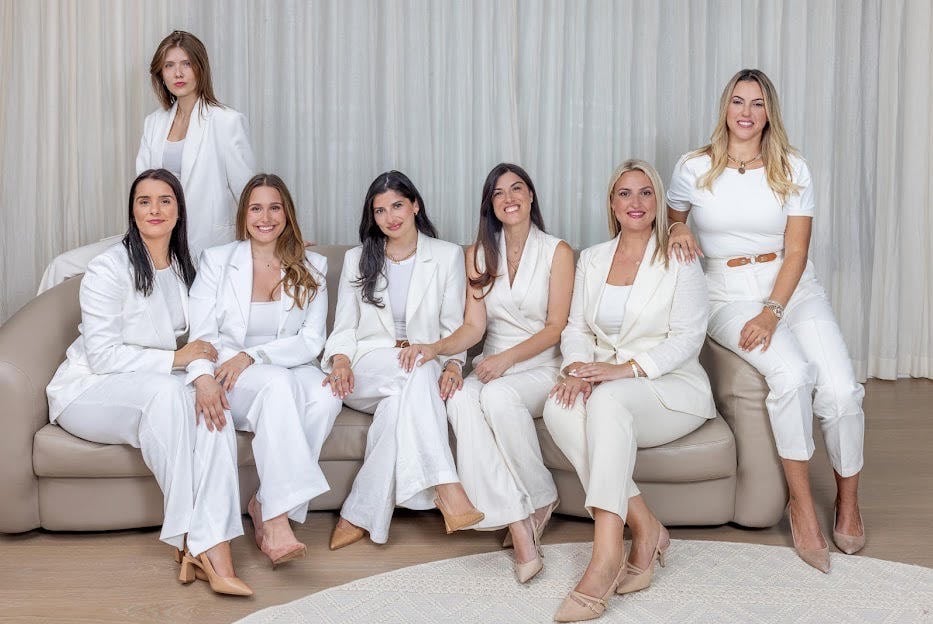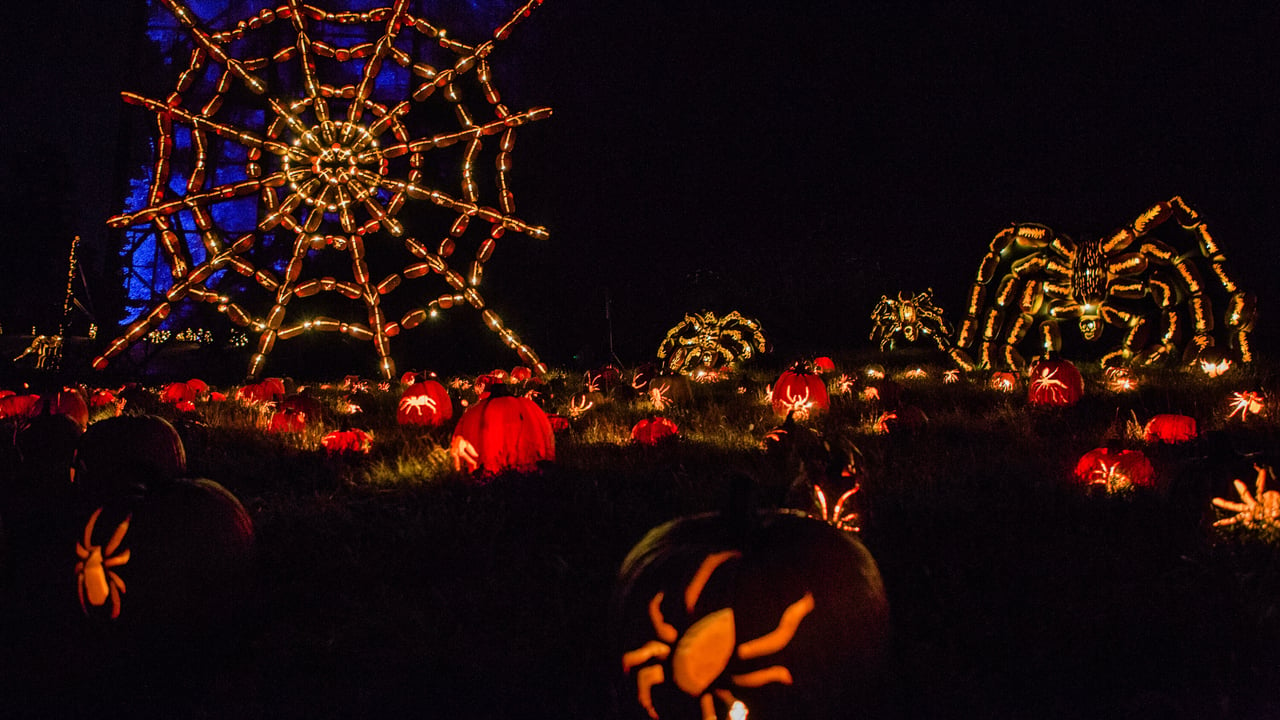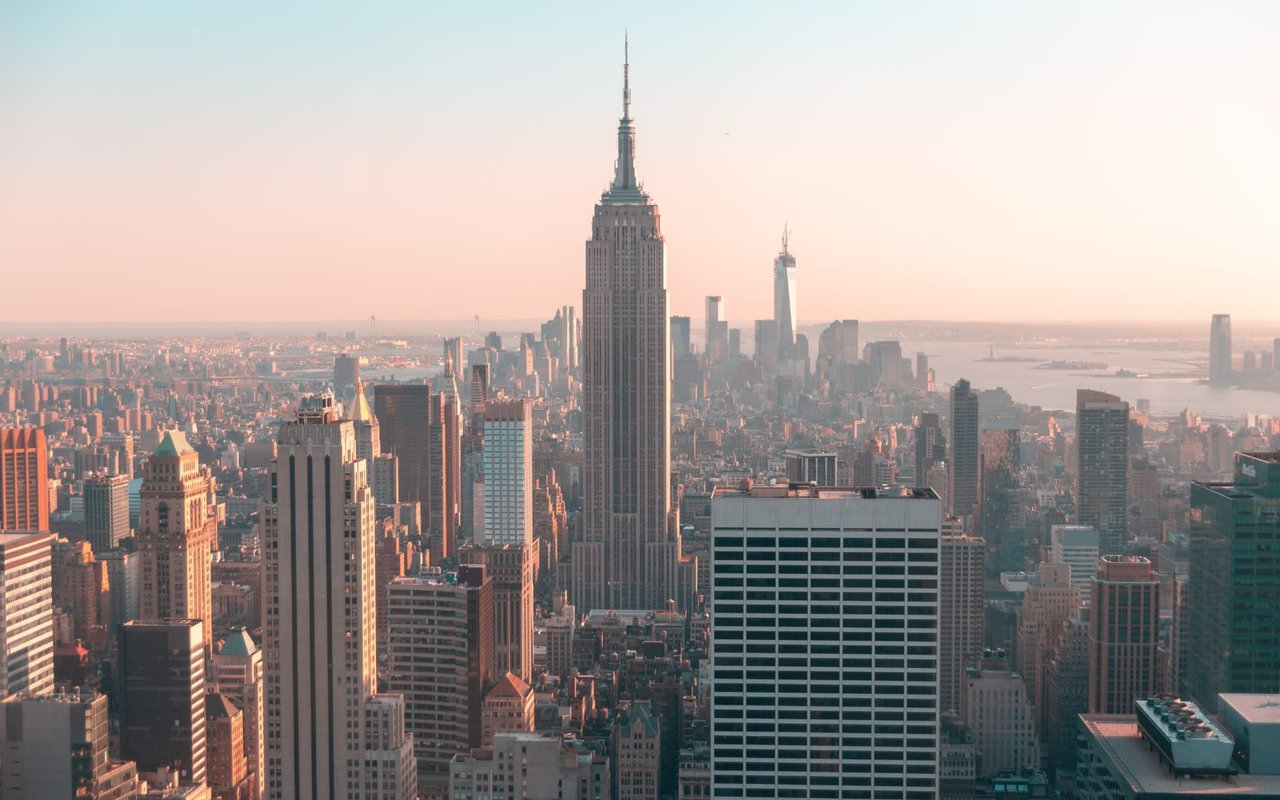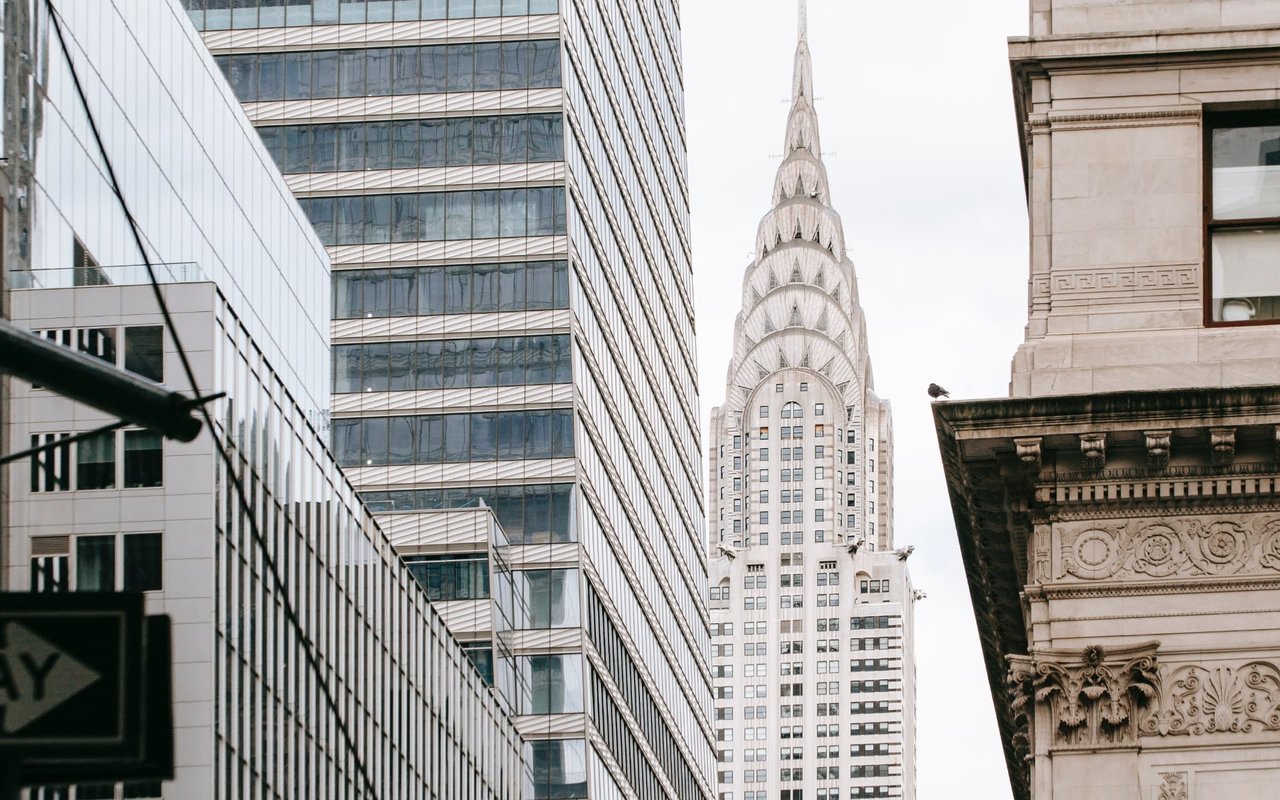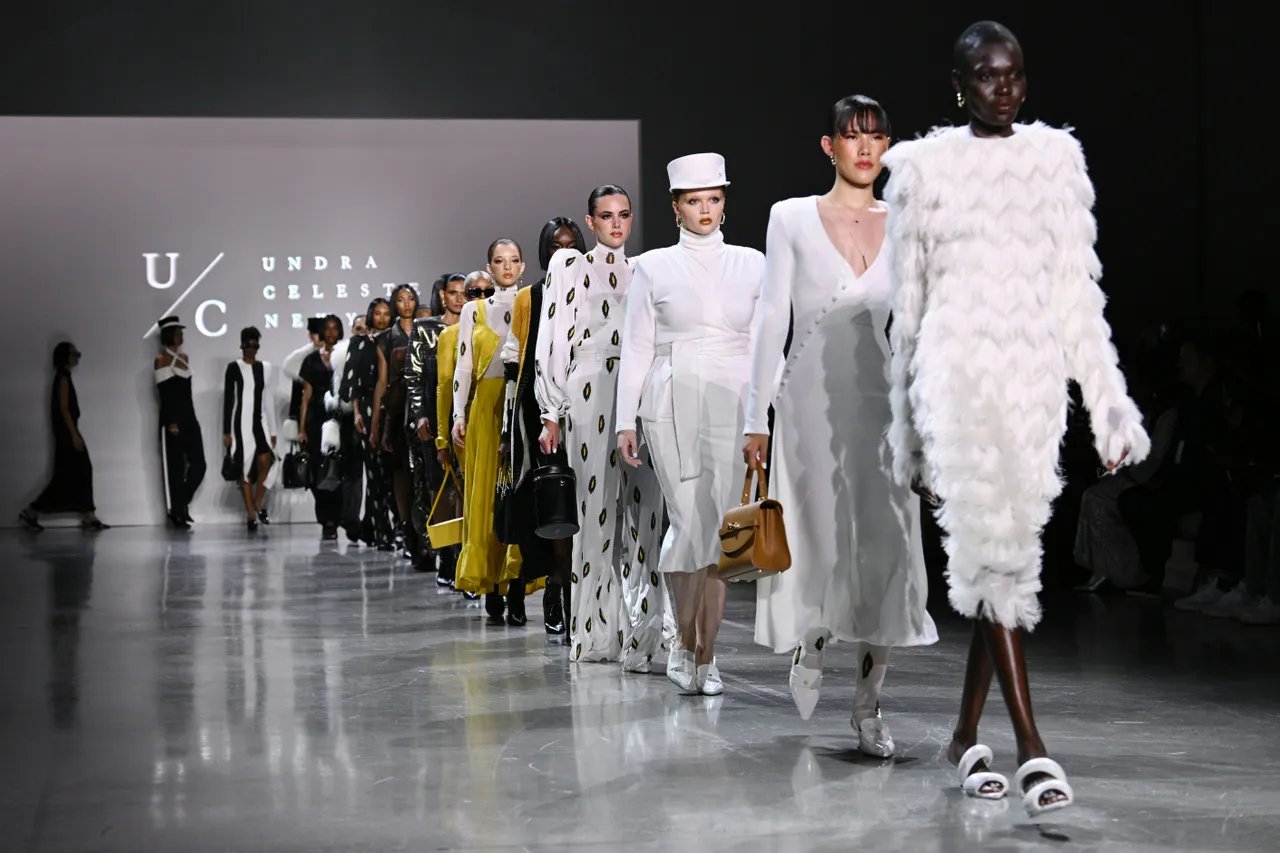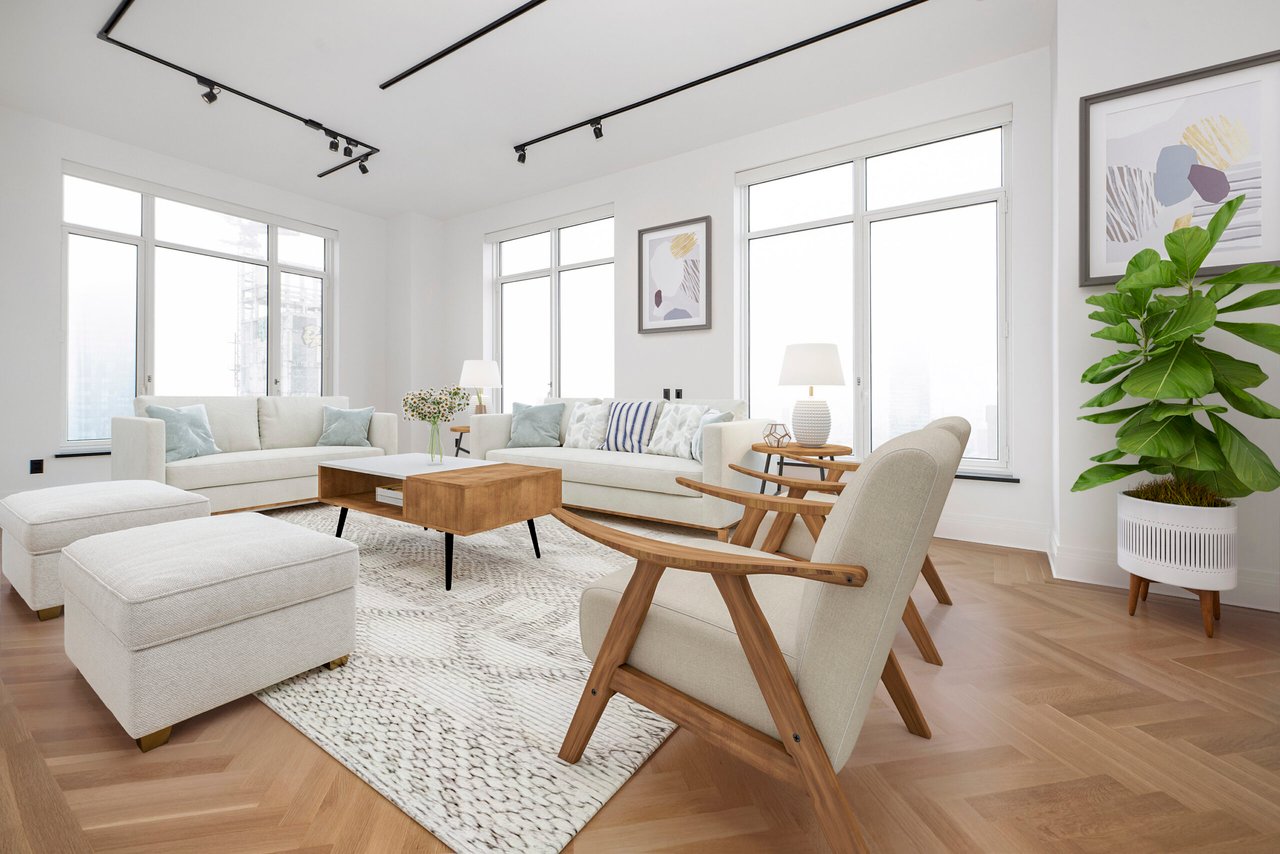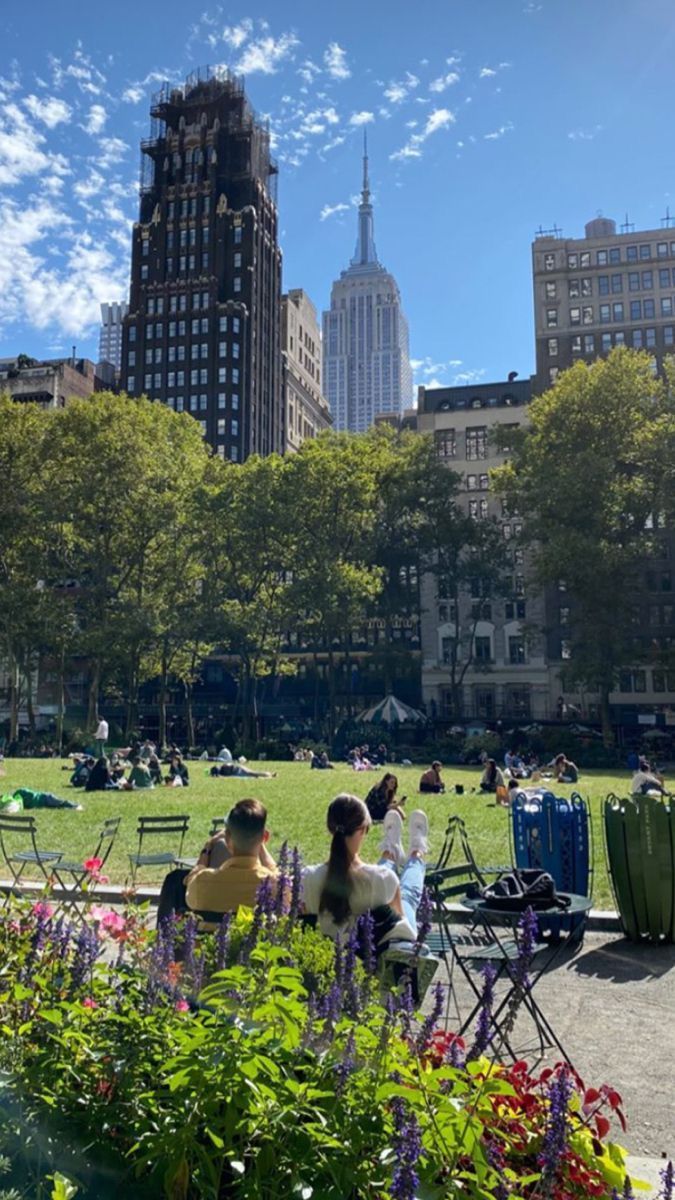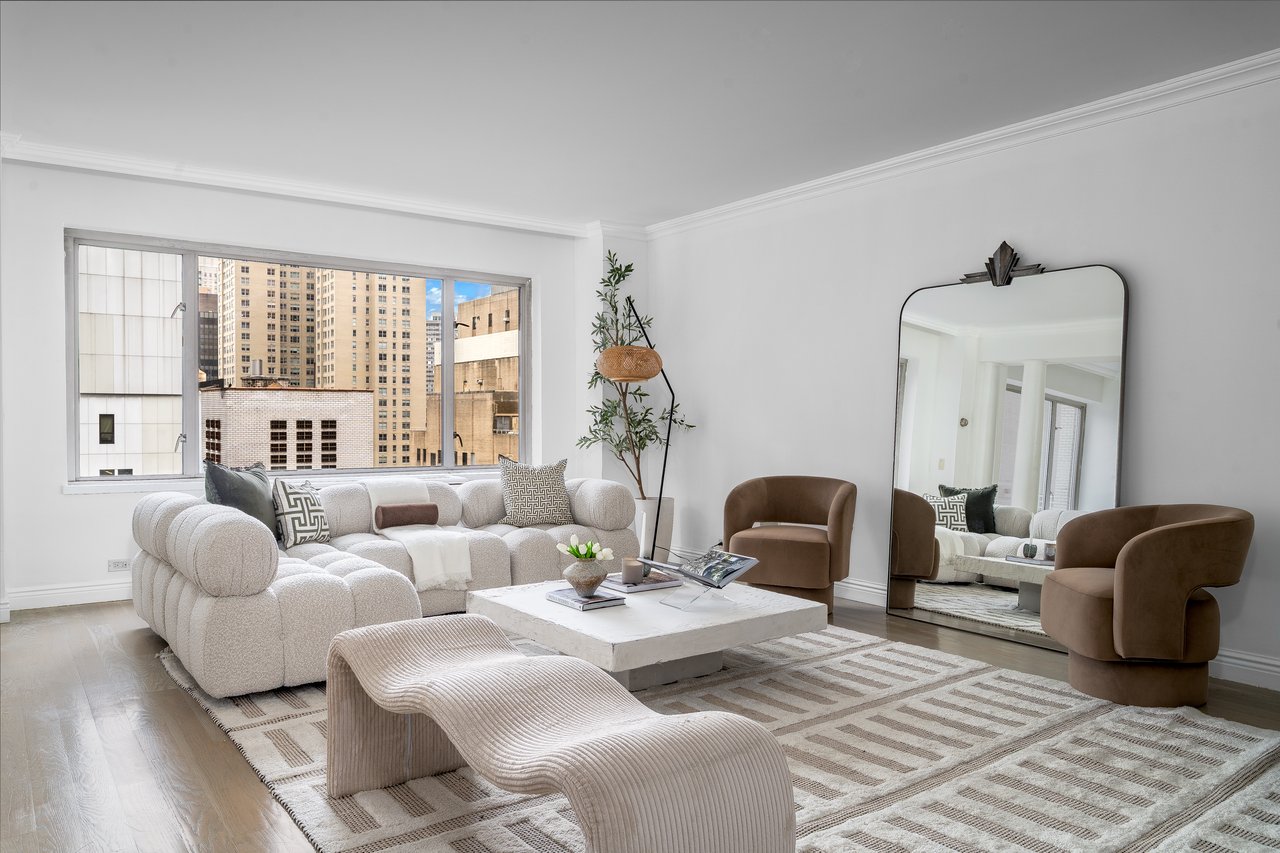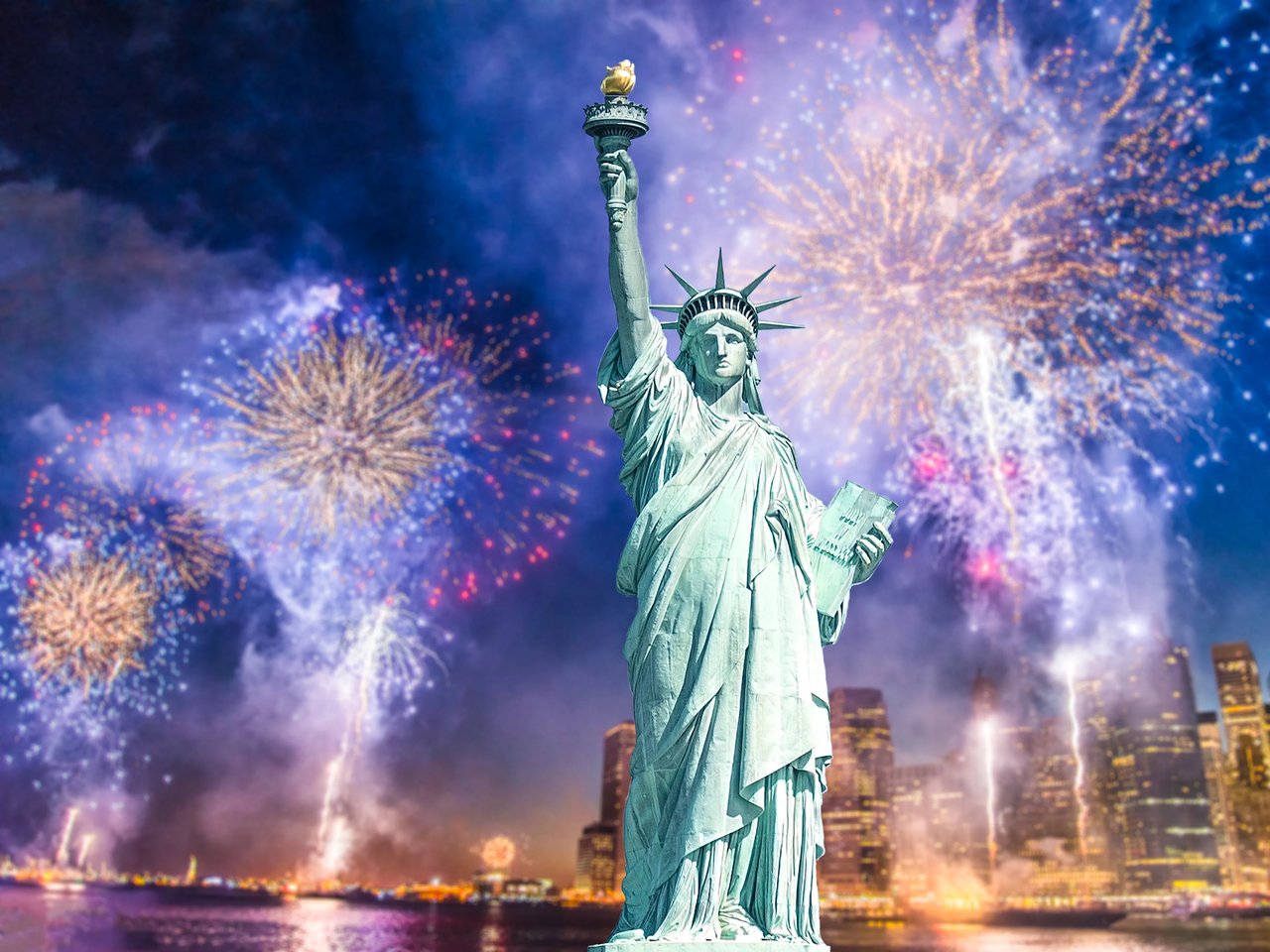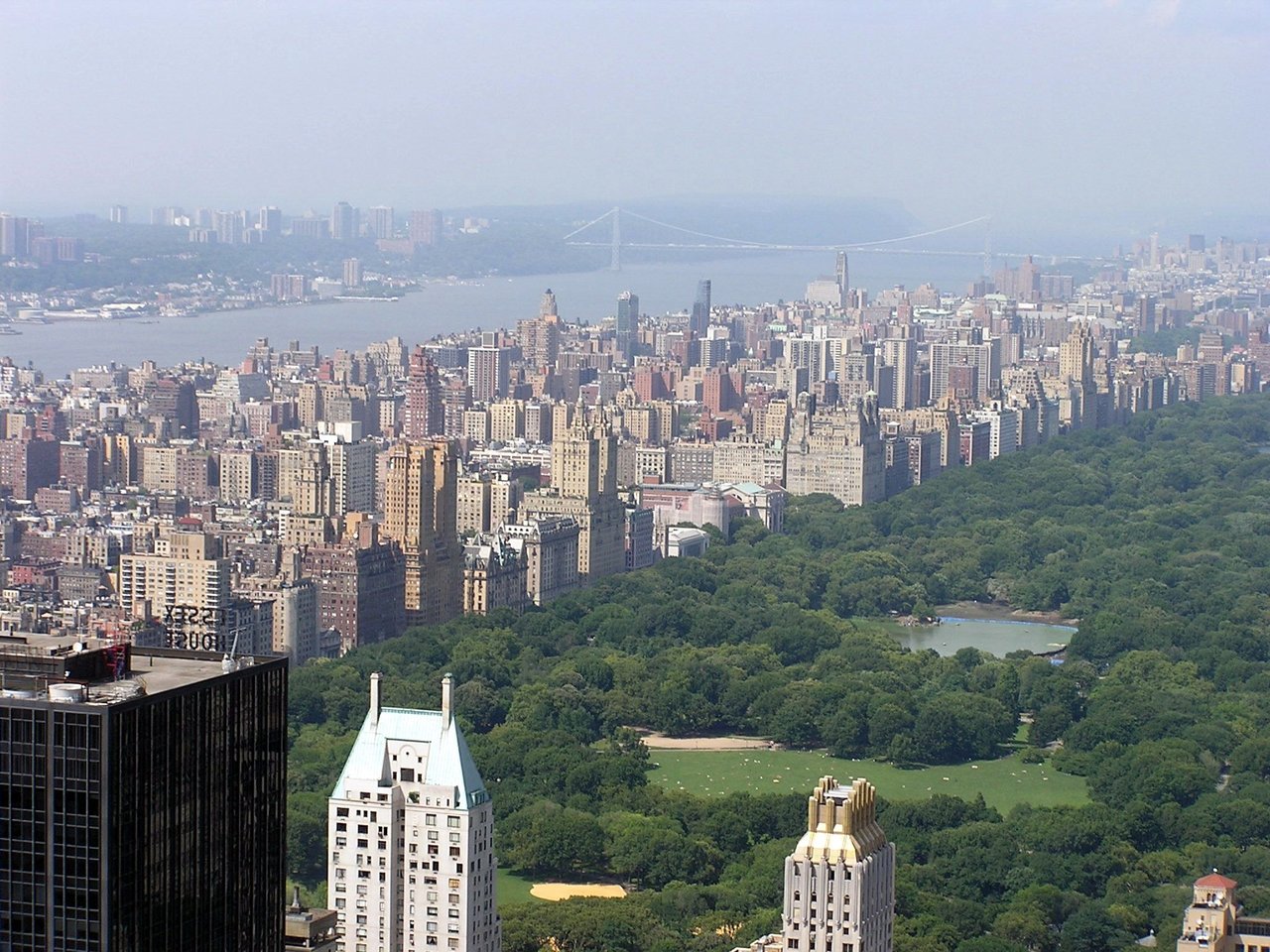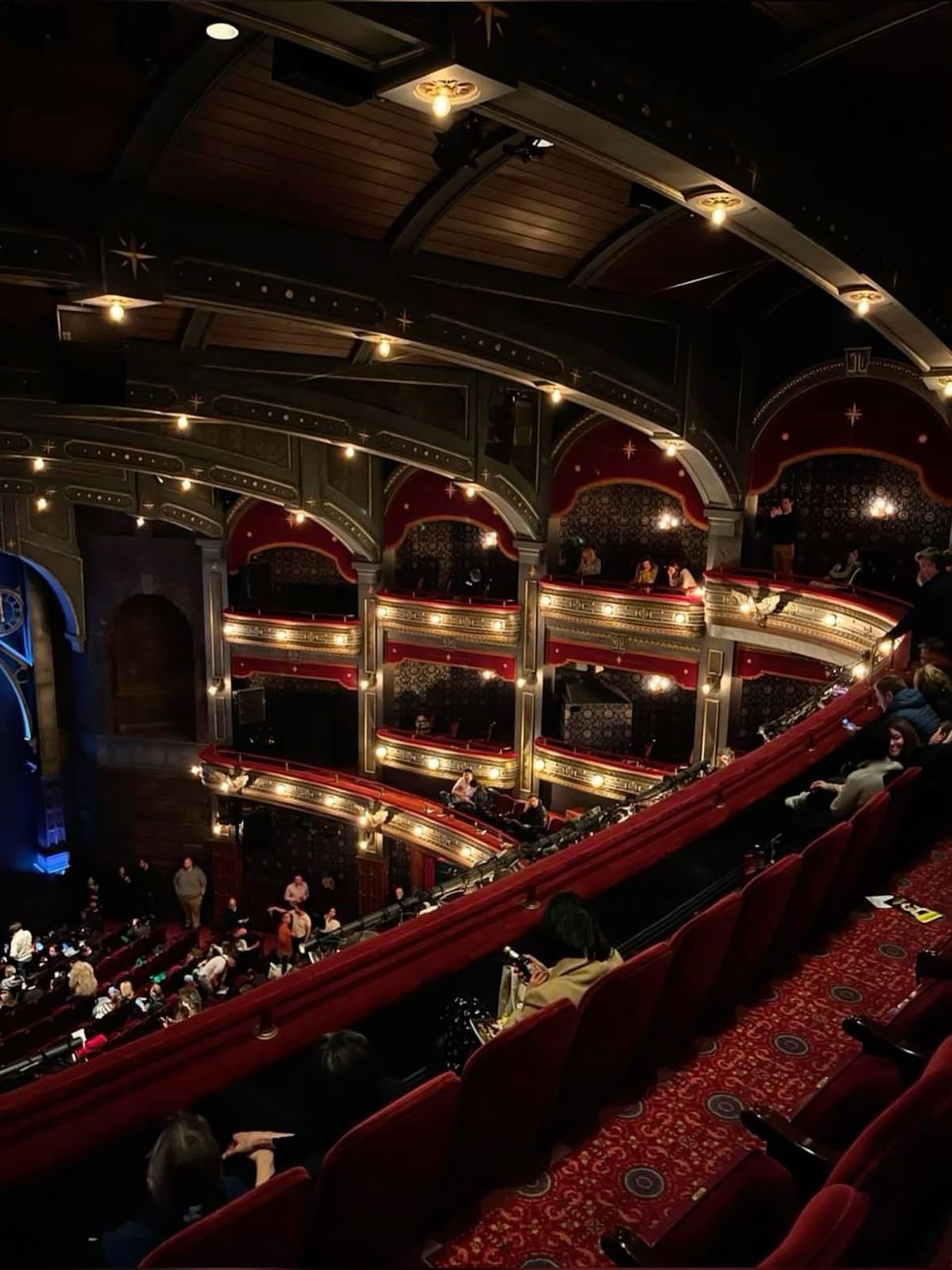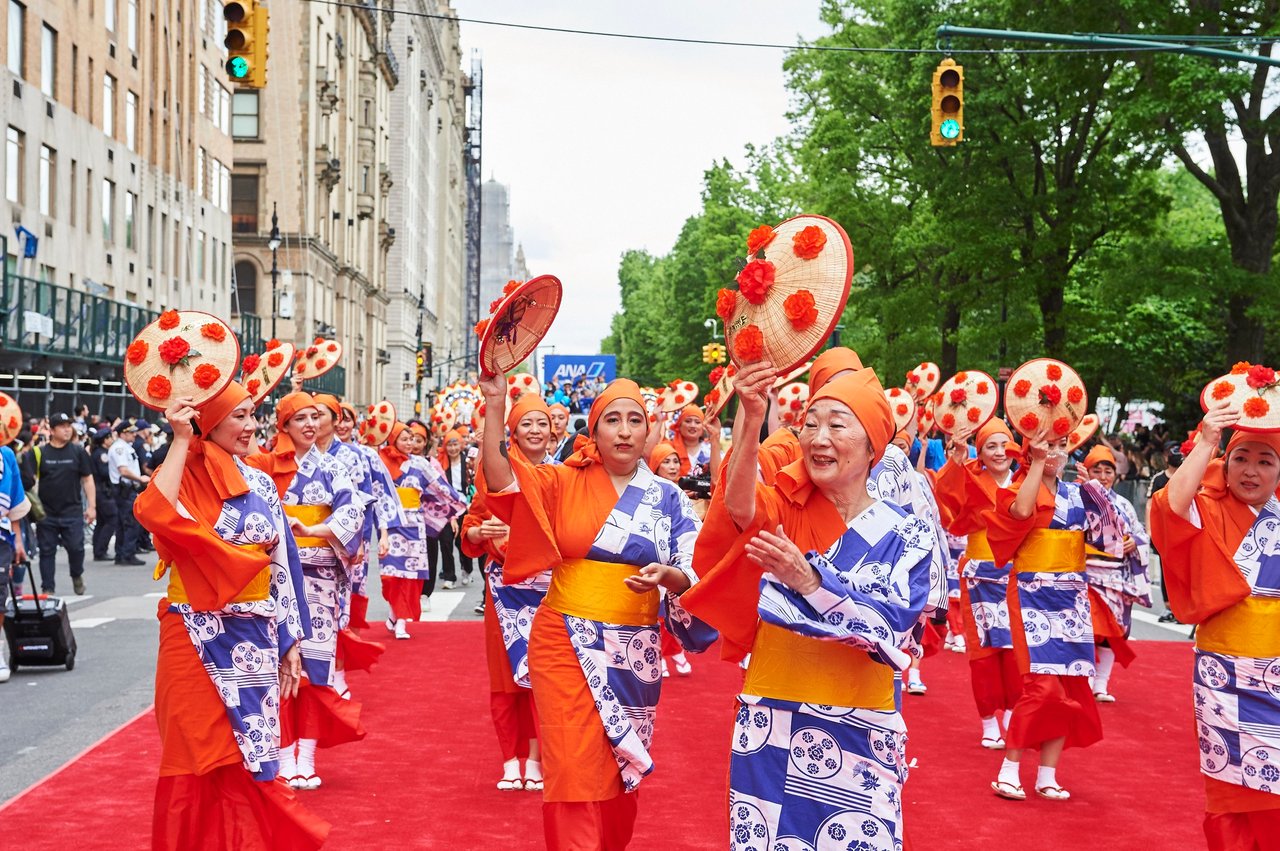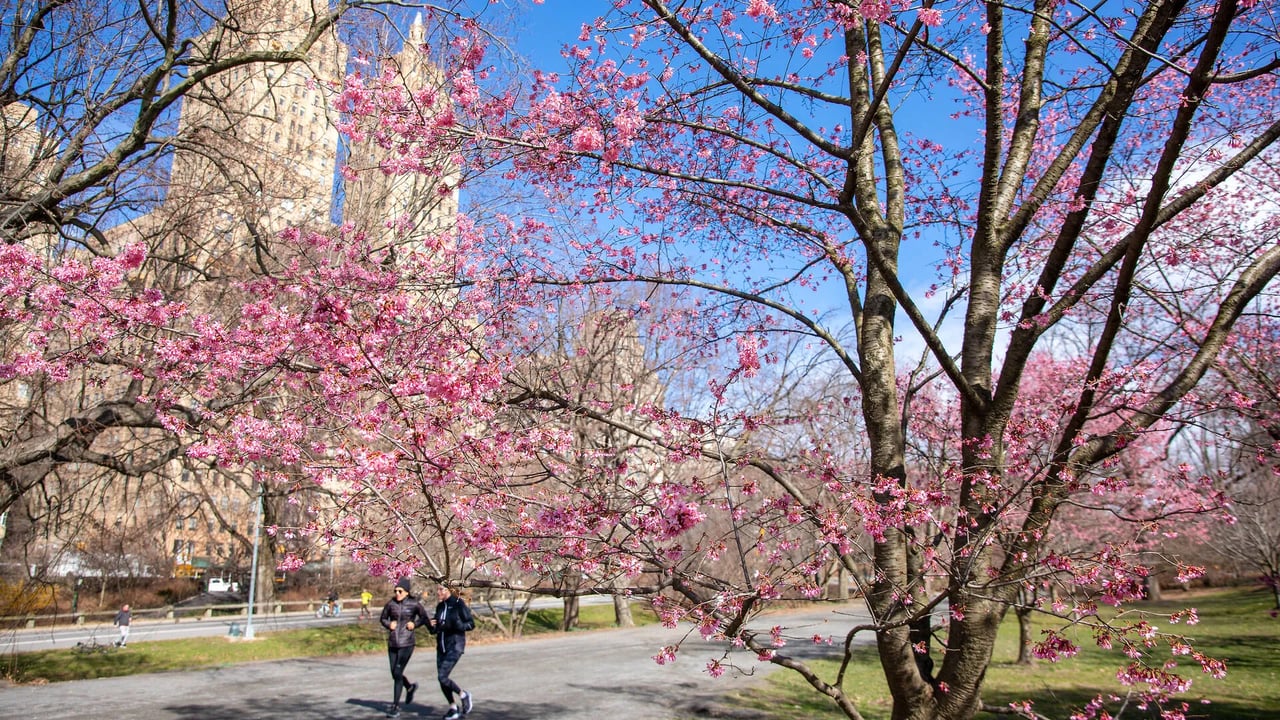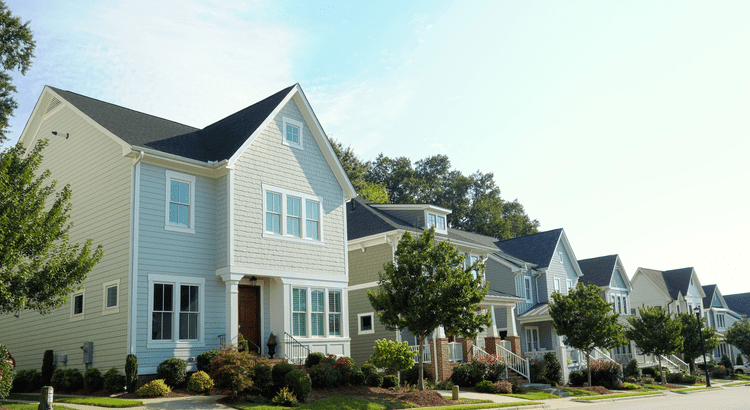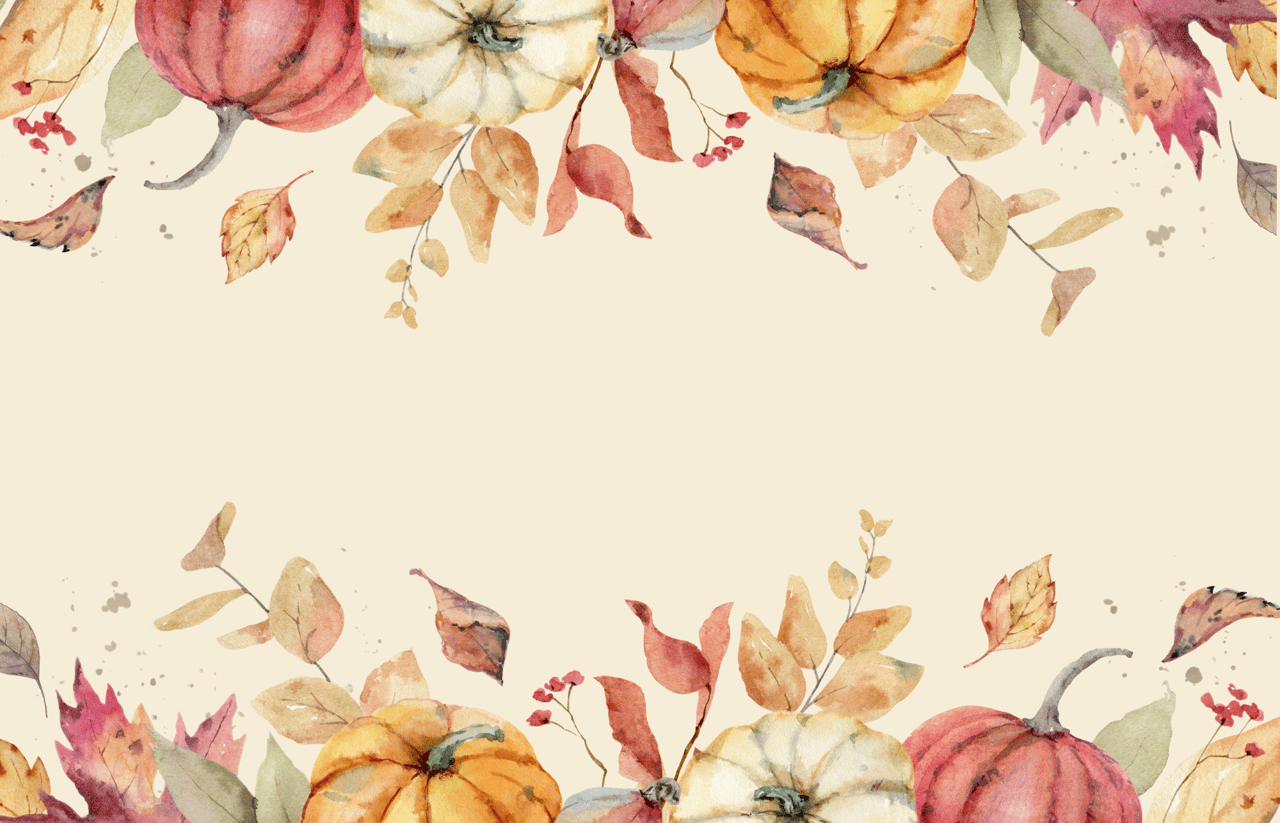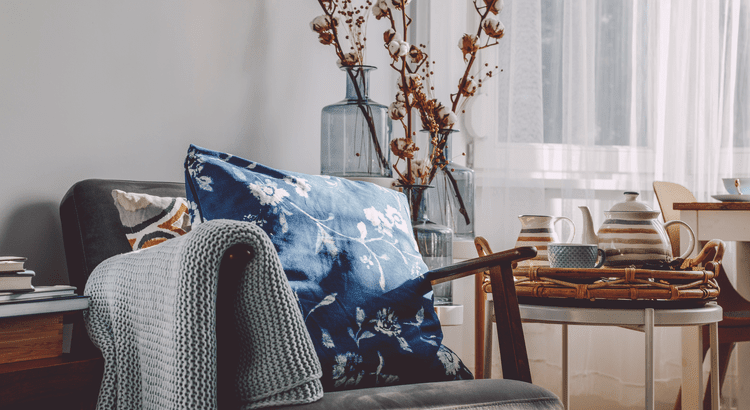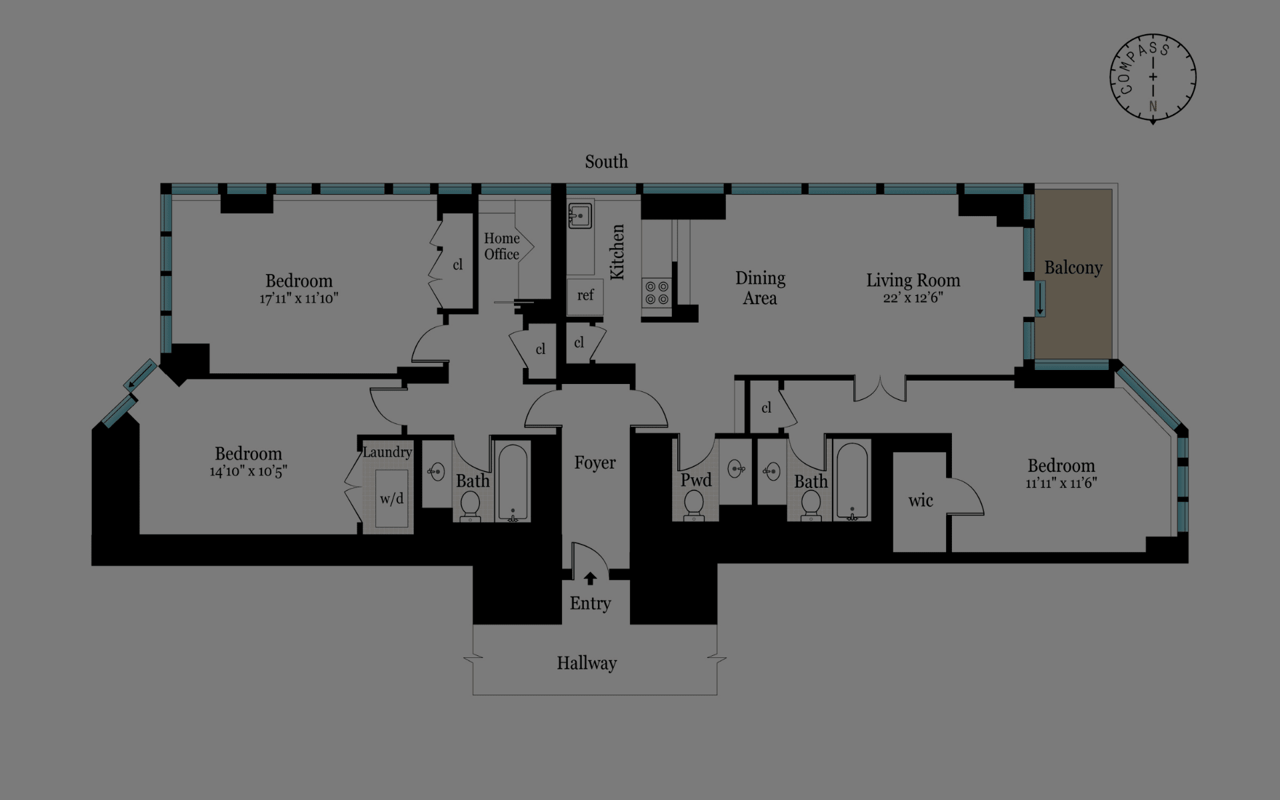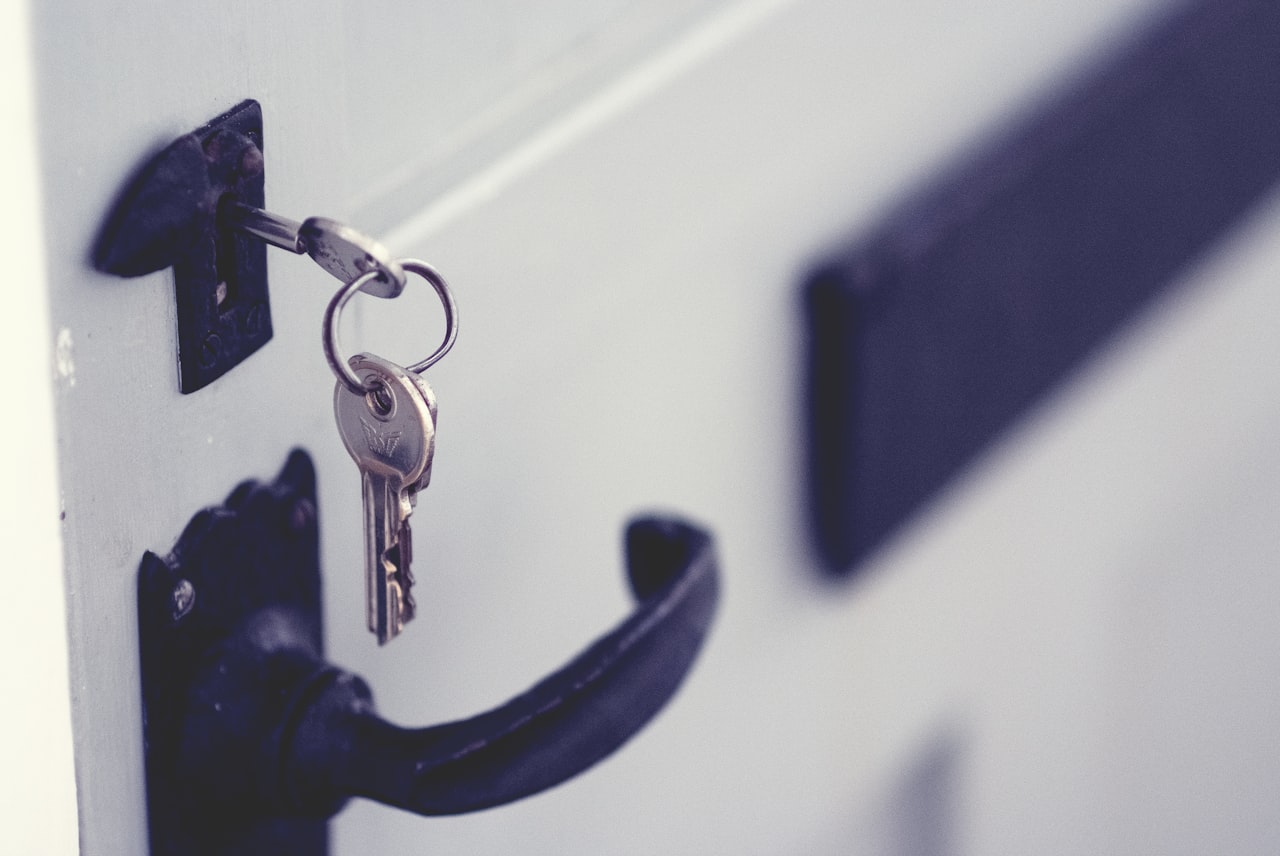We walk the streets of our lovely city every day, rushing to and from work, school, the grocery store... So much so that we often forget to raise our eyes and look up at this marvelous city we live in. In this special post I wanted to share my love for the Upper East Side by taking you on a self-guided walking tour of the mansions of titans such as Vanderbilt, Carnegie and Whitney. I hope you enjoy!
By Ajay Suresh from New York, NY, USA - Neue Gallery, CC BY 2.0, https://commons.wikimedia.org/w/index.php?curid=79681137
William Starr Miller House, 1048 Fifth Avenue
We begin at the 86th Street subway station (A), and walk west on 5th Avenue until we reach this giant brick-and-limestone mansion at the southeast. corner (B). It was built in 1914, and was later purchased by Mrs. Cornelius Vanderbilt in 1944. William Star Miller House was designed by Carrère & Hastings and was inspired by early 17th-century Parisian architecture. Grace Vanderbilt moved here from 640 Fifth Avenue, and she considered the move quite the downgrade, calling it “the Gardner’s Cottage.” The home featured rooms inspired by the Place des Voges, which was built to celebrate King Louis XIII’s engagement to Anne of Austria. Other French-inspired rooms in the mansion included the oak-paneled Louis XVI Drawing Room, as well as Mrs. Miller’s Louis XVI Bedroom and Boudoir. Grace seemed like she could never be satisfied, even considering 640 Fifth Avenue “the Black Hole of Calcutta” upon first entering. However, she lived at the Miller House until her death in 1953, and the mansion eventually was converted into the Neue Galerie.
Home of Jackie Onassis, 1040 5th Ave.
Turn left and head down Fifth Avenue, toward the apartment building at no. 1040 (C). Jackie loved living in the city, since New Yorkers take pride in playing it cool around celebrities; by blending into the scenery, she achieved a small measure of privacy here. Jackie O. was often spotted jogging around the Central Park reservoir nearby.
The Former Mansion of Benjamin Duke, 1009 5th Ave.
Continue strolling down Fifth, past the Metropolitan Museum of Art, to the southeast corner of 82nd Street (D). Born to a tobacco farming family in North Carolina, Duke and his younger brother, James, were founders of the American Tobacco Company and the principal benefactors of a little college that became Duke University. The Benjamin Dukes bought their place from a developer who built it on spec in 1901. They later sold it to his brother, James, who lived there until he built his own nearby. Members of the Duke family and their relatives, the Biddles, lived in the Benjamin Duke house until recently. The exterior of the house is built in the Beaux-Arts style, while the interior was originally designed in the French Renaissance style. The ground floor is clad in limestone, while the facade of the upper floors is made of brick; the mansion is capped by a copper mansard roof.
Isaac Fletcher House, 2 E 79th St.
The French Gothic palace on the southeast corner of 79th Street, property of several millionaires at different times, belongs now to the Ukrainian Institute of America (E). Built for industrialist Isaac Fletcher in 1899, the 6-story house remains mostly intact. The exterior is carved with gargoyles, sea horses and griffins, while the steeply pitched slate roof has richly adorned turrets. The interiors retain their elaborately carved woodwork, marble mantels, and small round call buttons used for summoning the maid and butler. An elevator and silver safe are also original to the house. The house is separated from the street by a moat-like courtyard with a “drawbridge” over it. The onetime home of financier Payne Whitney (given to him as a wedding present by a doting uncle) between 78th and 79th Streets now serves as the French Embassy's cultural offices.
James Buchanan Duke House, 1 E 78th St.
James Buchanan Duke was a wealthy businessman from North Carolina. In 1890, he became president of the American Tobacco Company, formed by the merger of several U.S. tobacco companies. In January 1909, Duke purchased the Henry H. Cook mansion for $1.5 million as a present for his bride. James Duke's place, modeled on a chateau in Bordeaux, rose on the northeast corner of 78th Street in 1912. A leading critic calls it "one of the most magnificent mansions in New York." Duke's widow and their daughter, Doris Duke, lived there until the late 1950's when they gave it to New York University. It is now NYU's Graduate School of Art History (F). The house has a limestone facade and was designed to look like a two-story structure from the street.
The Commonwealth Fund, 1 E 75th St.
On the northeast corner, the Commonwealth Fund occupies the home of Edward Harkness (G), son of one of John D. Rockefeller's original partners in the Standard Oil Company. The New York City Landmarks Preservation Commission designated the house as a landmark in 1967. Its designation report described the building as "an imposing residence in the style of an Italian Renaissance palazzo." Edward Harkness built most of the undergraduate dorms at Harvard and Yale. The Commonwealth Fund, founded by his mother, devotes Harkness millions to health and medical research.
Joseph Pulitzer House, 7-11 E 73rd St.
On East 73rd Street between Fifth and Madison stands the house Joseph Pulitzer built (H) - the one with lots of columns now subdivided by 13 less affluent tenants. Despite the luxury of this home, Pulitzer, German-born publisher of the New York World and the St. Louis Post-Dispatch, barely lived here, due to his extreme sensitivity to sound (a special soundproof room constructed here apparently didn't satisfy him). Stanford White's design was based in large part on the Palazzo Pesaro and the Palazzo Rezzonico in Venice, both designed in the 17th Century by Baldassare Longhena. The limestone-clad, 4-story structure has a rusticated base with a step-up entrance with a pair of rusticated columns that leads to a step-up lobby that opens onto a very large and impressive entrance hall with a quite grand staircase.
The Frick Collection, 1 E 70th St.
Continuing down Fifth Avenue, you'll reach the mansion of coke and steel tycoon Henry Clay Frick (I), which stretches from 70th Street to 71st Street and encompasses a lovely courtyard and pool. Frick, once chairman of Carnegie Steel, was an avid collector of art, especially of the Italian Renaissance. The mansion was designed by the same architects who designed the New York Public Library, and planned from the start as both home and gallery. Frick left the house and the art to the city, and the Frick Collection is one of the real jewels of New York City's art scene. The Frick is one of the preeminent small art museums in the United States, with a high-quality collection of old master paintings and fine furniture housed in nineteen galleries of varying size within the former residence. Frick had intended the mansion to become a museum eventually, and a few of the paintings are still arranged according to Frick's design. Besides its permanent collection, the Frick has always organized small, focused temporary exhibitions. The Frick Collection is currently closed for renovations until late 2024.
Turn onto East 70th Street and stroll away from the park for a few blocks, continuing all the way to Lexington Avenue. This is one of the most elegant streets in Manhattan, lined with a row of stunningly beautiful townhouses.
The Asia Society, 725 Park Ave.
At the northeast corner of Park Avenue and 70th Street is the Asia Society (J), founded by John D. Rockefeller in 1956 to foster better relations between America and Asia through culture and the arts. Its galleries are worth a look.
Percy Rivington Paine House, 680 Park Ave.
Walk south to the north corner of 68th Street. (K). Designed by McKim, Mead & White, this neo-Federal townhouse was built for banker Percy Rivington Payne in 1906-1911. After World War II, the family sold the house to the Chinese government, which within weeks resold it to the Soviet Union. It later became the Soviet Mission to the United Nations; Nikita Khrushchev stayed here while visiting the U.N. In 1965, the Marquesa de Cuevas, a member of the Rockefeller family, purchased the building to save it from demolition and, in 1966, donated it to Americas Society, then known as the Center for Inter-American Relations.
Roosevelt's Townhouse, 47-49 East 65th St.
The Roosevelts' twin townhouse (L) is worth a final two-block walk from Fifth Avenue. It has just one front door. Inside the vestibule were separate entrances to FDR's domineering mother's quarters on the left, and her son's on the right. (Small wonder that Eleanor didn't like it.) The Roosevelts lived there in 1920-21 when FDR was convalescing from polio and stayed there whenever they were in the city. The house is now a student center for Hunter College, which is nearby on Park Avenue.
The Pierre NY, 2 E 61st St.
At Fifth Avenue and 61st Street stands the Pierre (M), one of Manhattan's poshest hotels and a member of the Four Seasons chain. Amid lavish trompe l'oeil murals, you can indulge in the pricey pleasure of afternoon tea in the Rotunda Lounge. The Café Pierre bar is an elegant spot for a cocktail. After all this walking, you deserve the rest!
This tour was prepared with information from: Untapped Cities, The New York Times, Wikipedia, Mansion Global, NYC Ago, AS-COA

